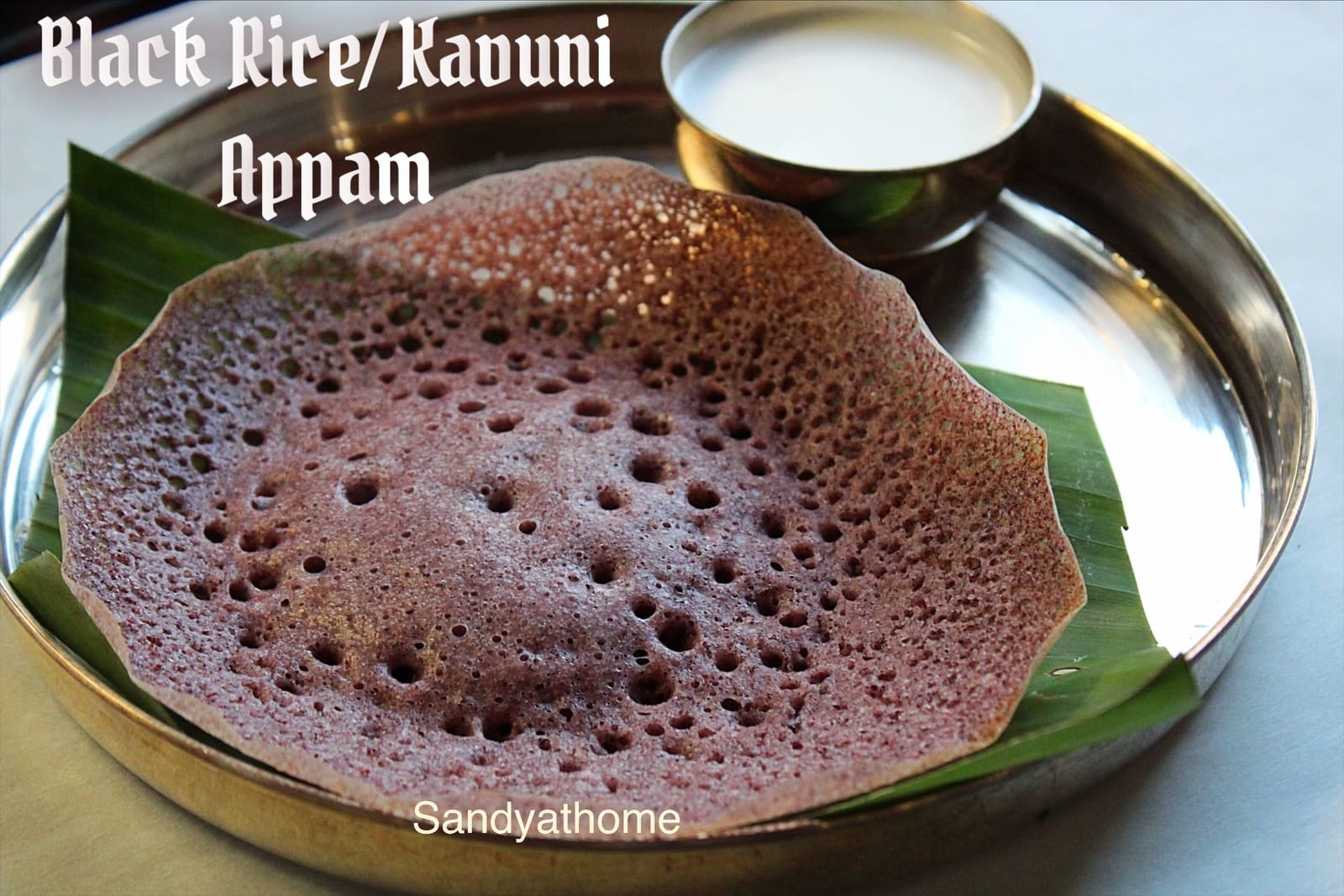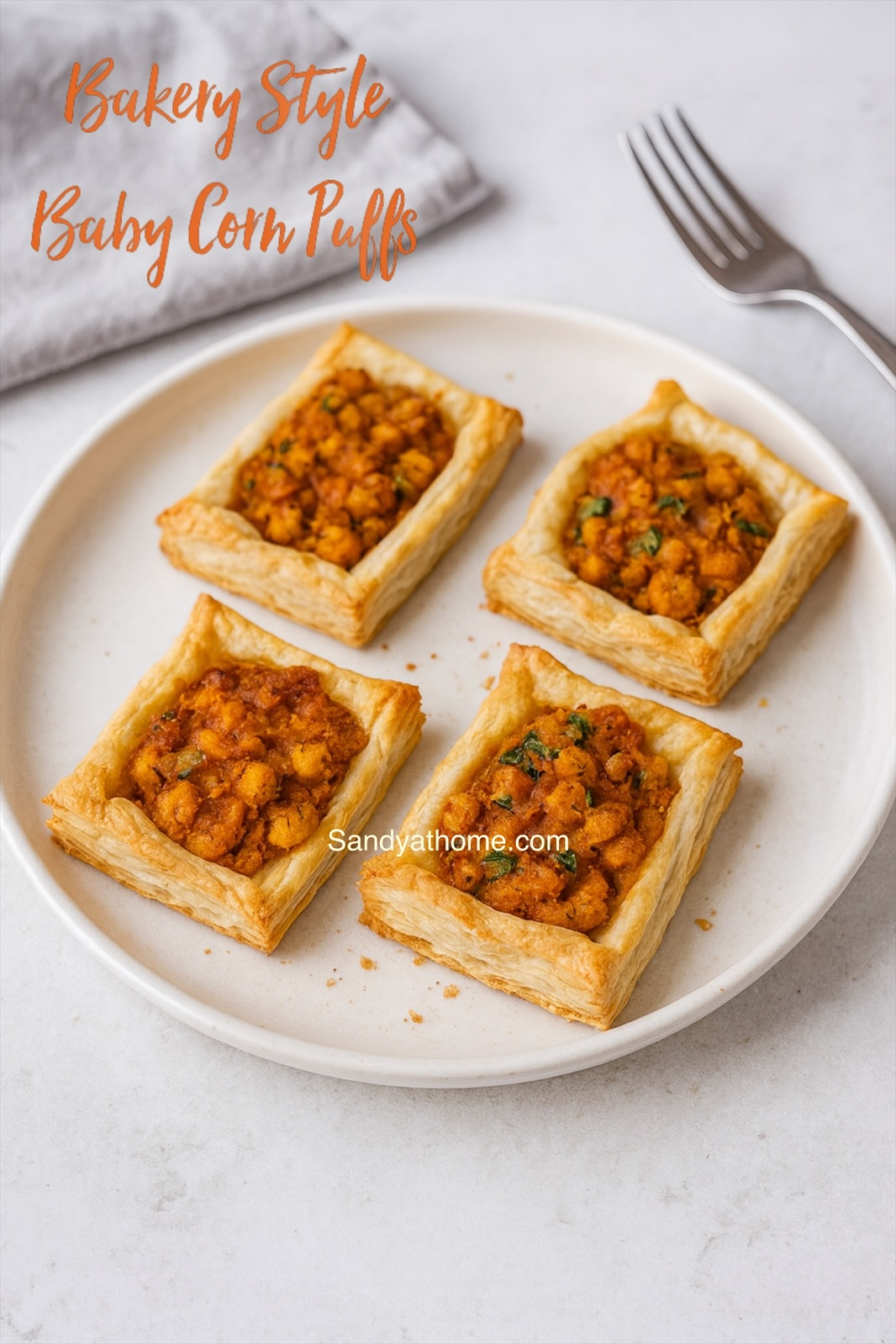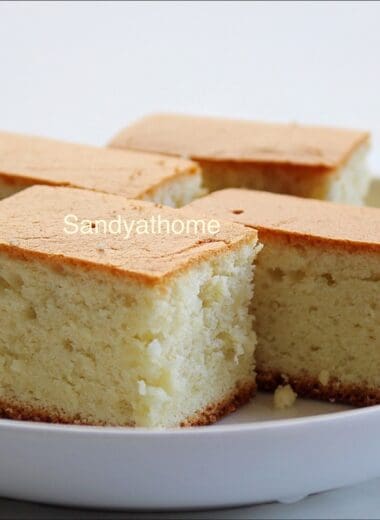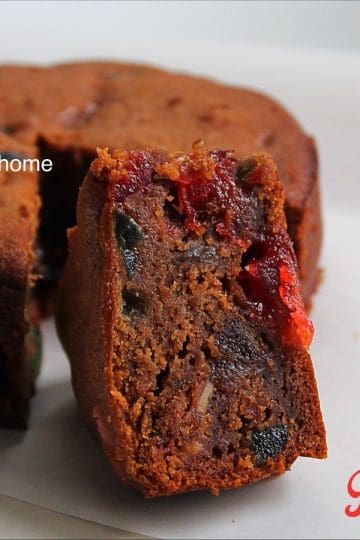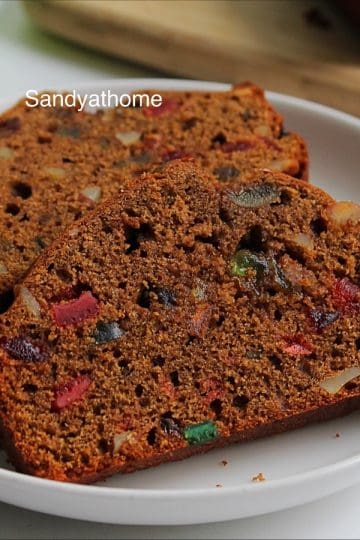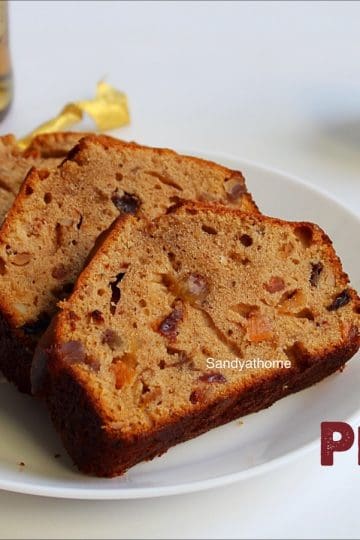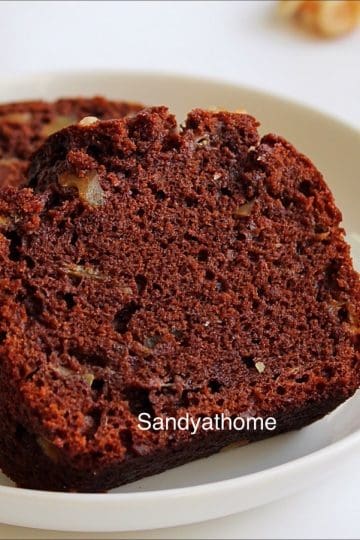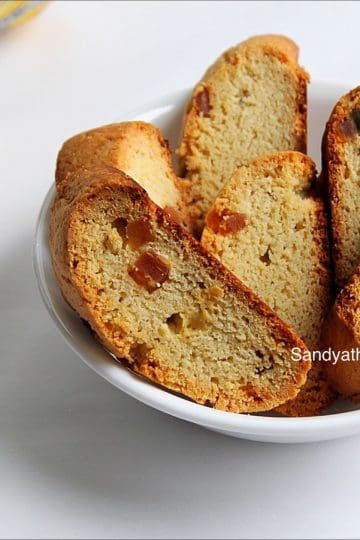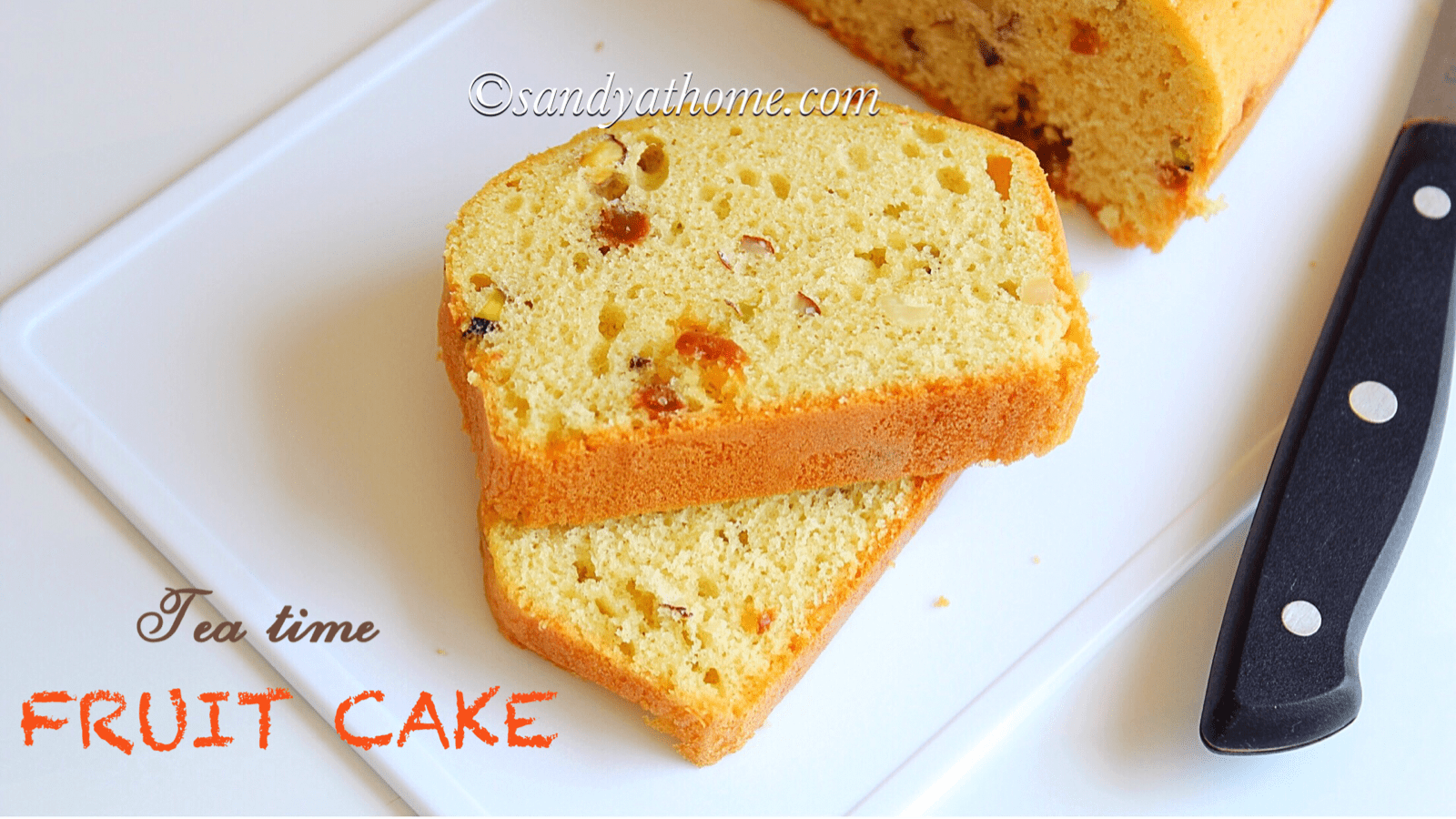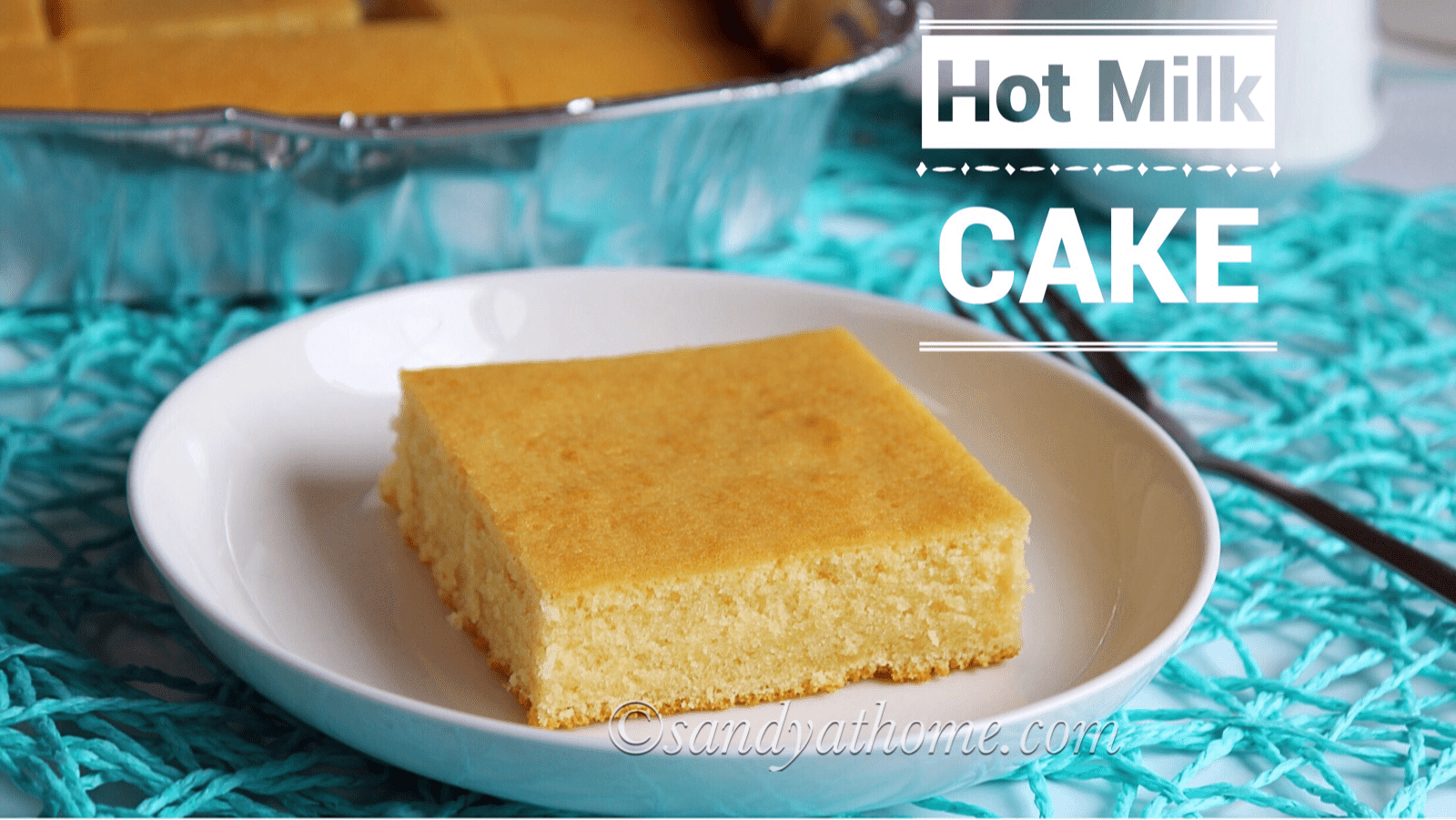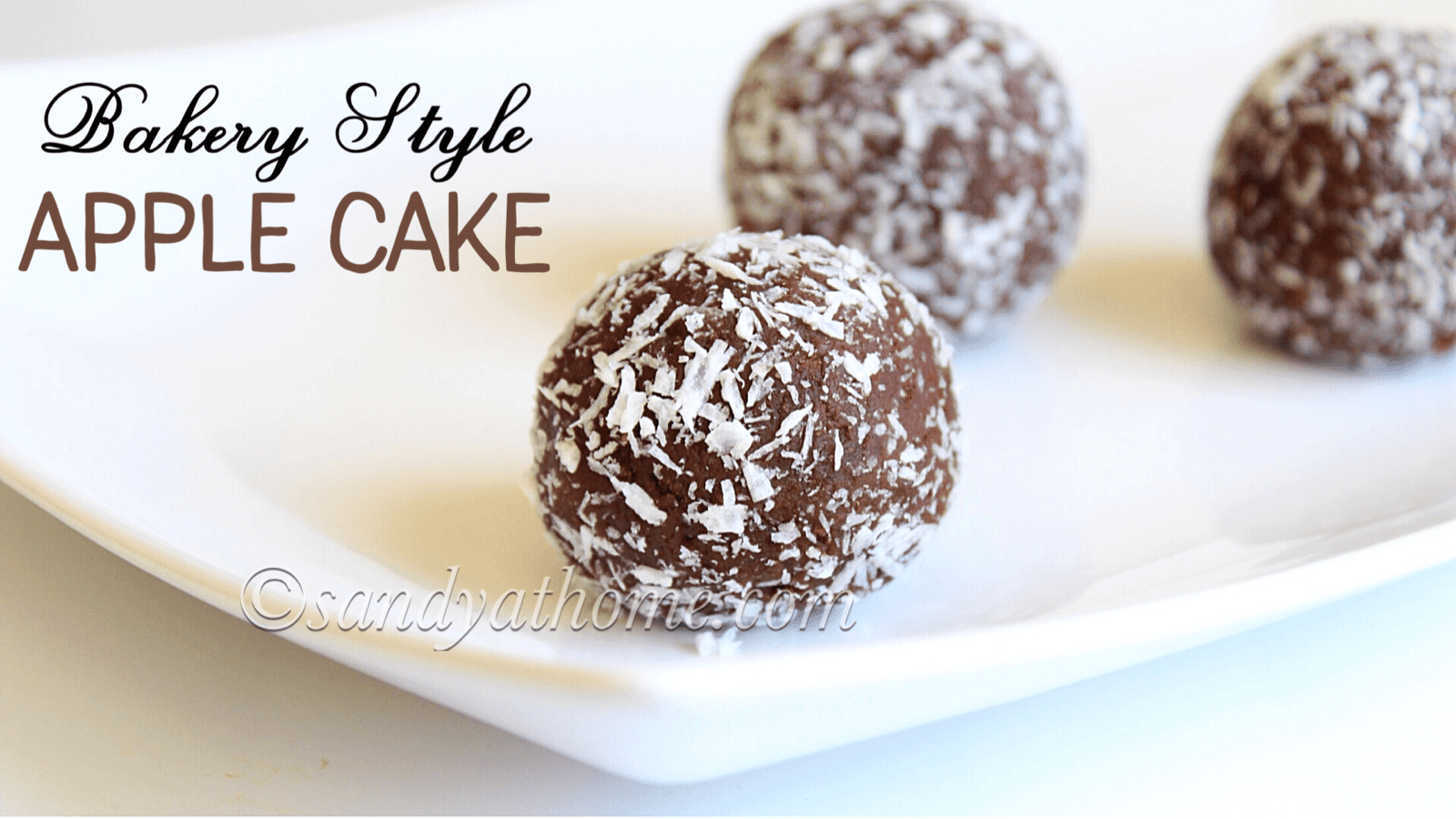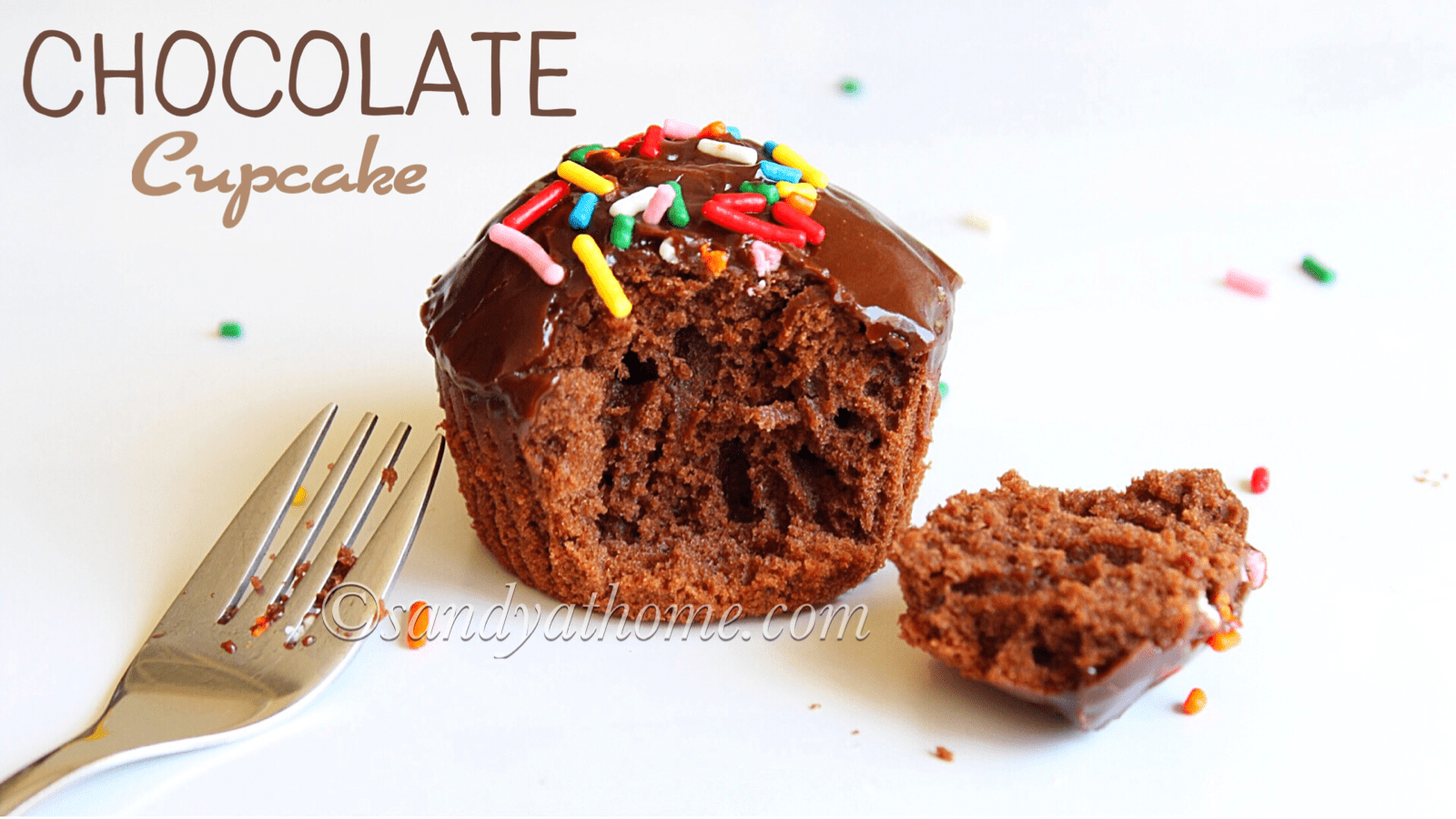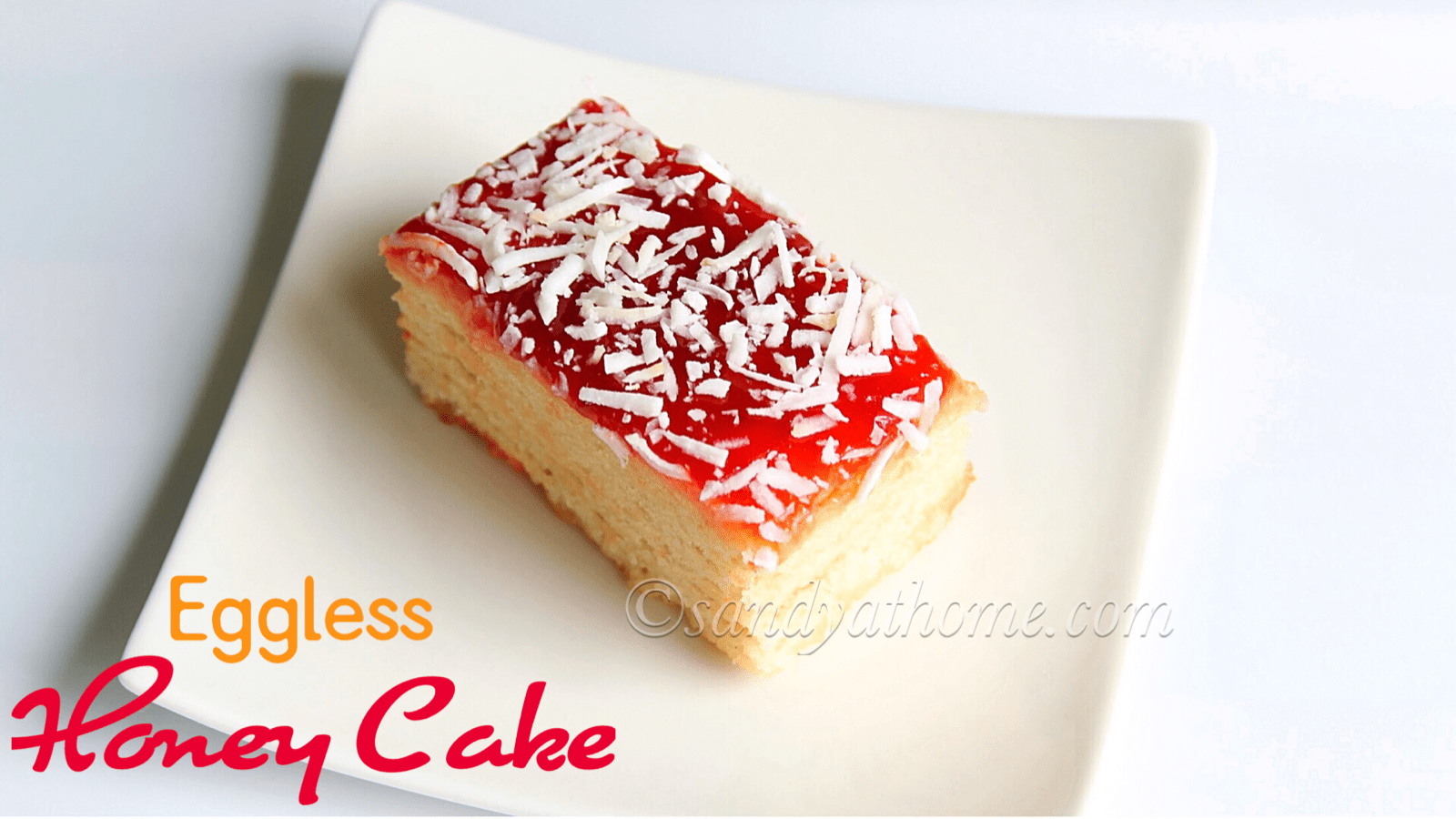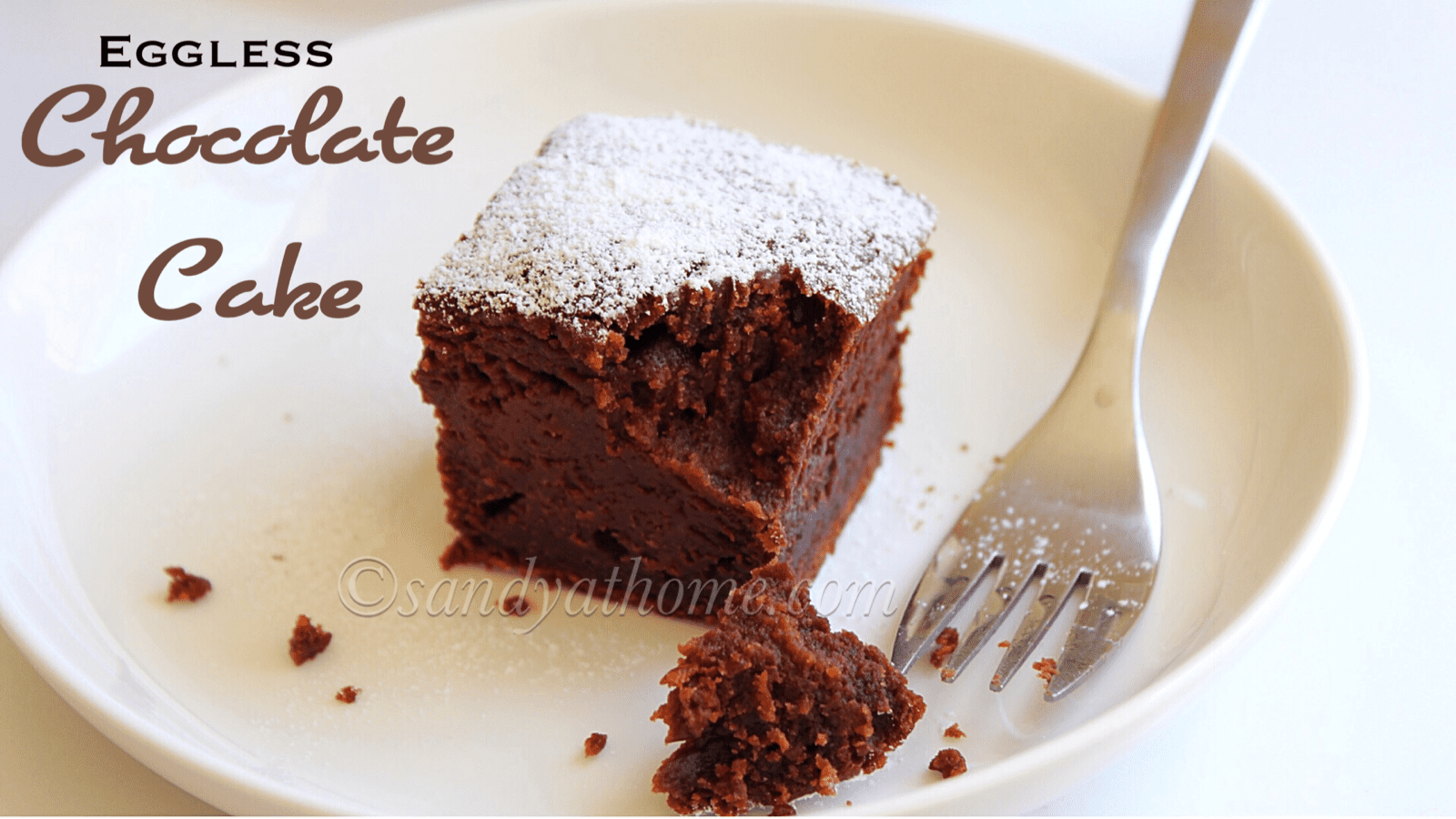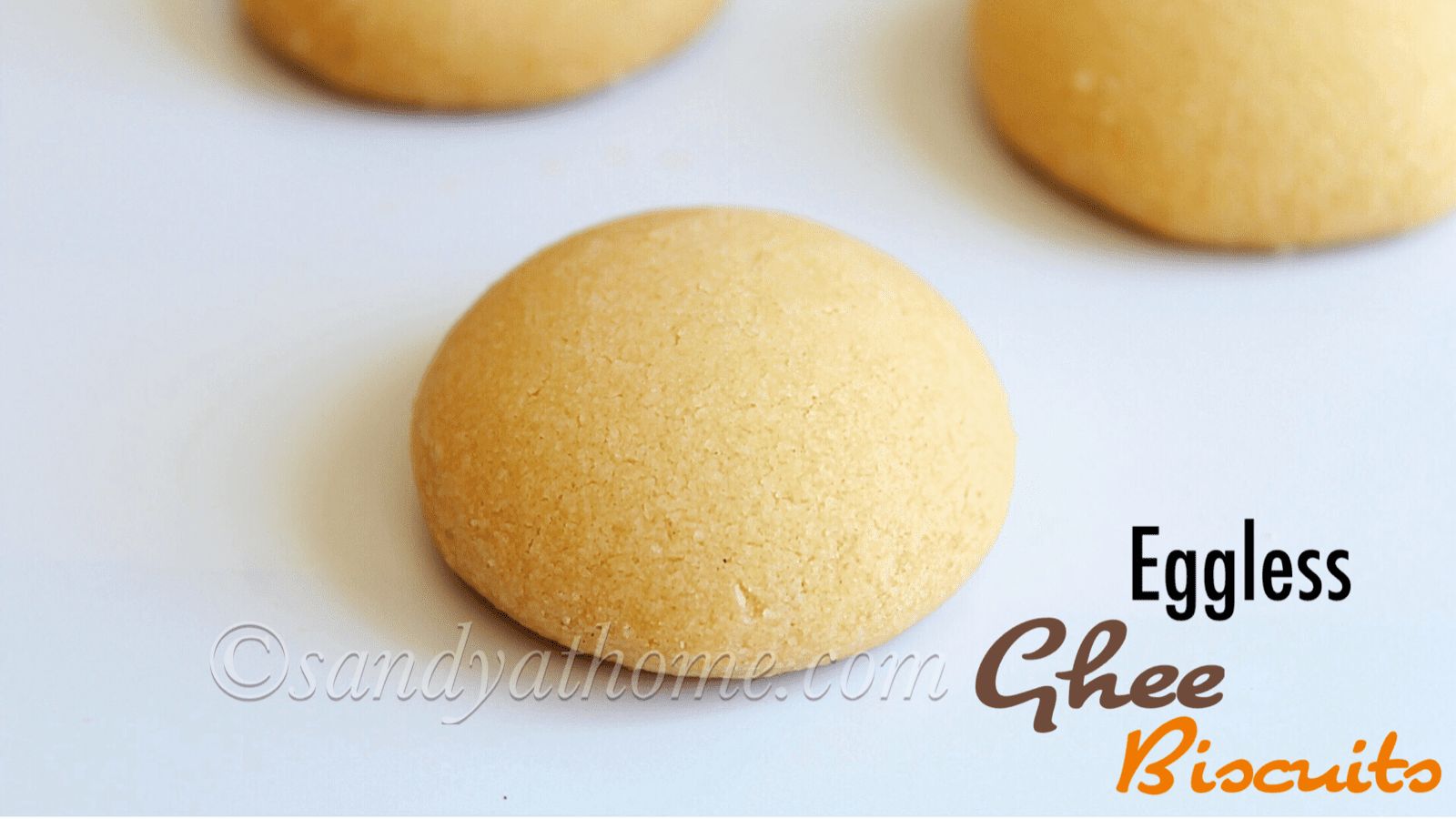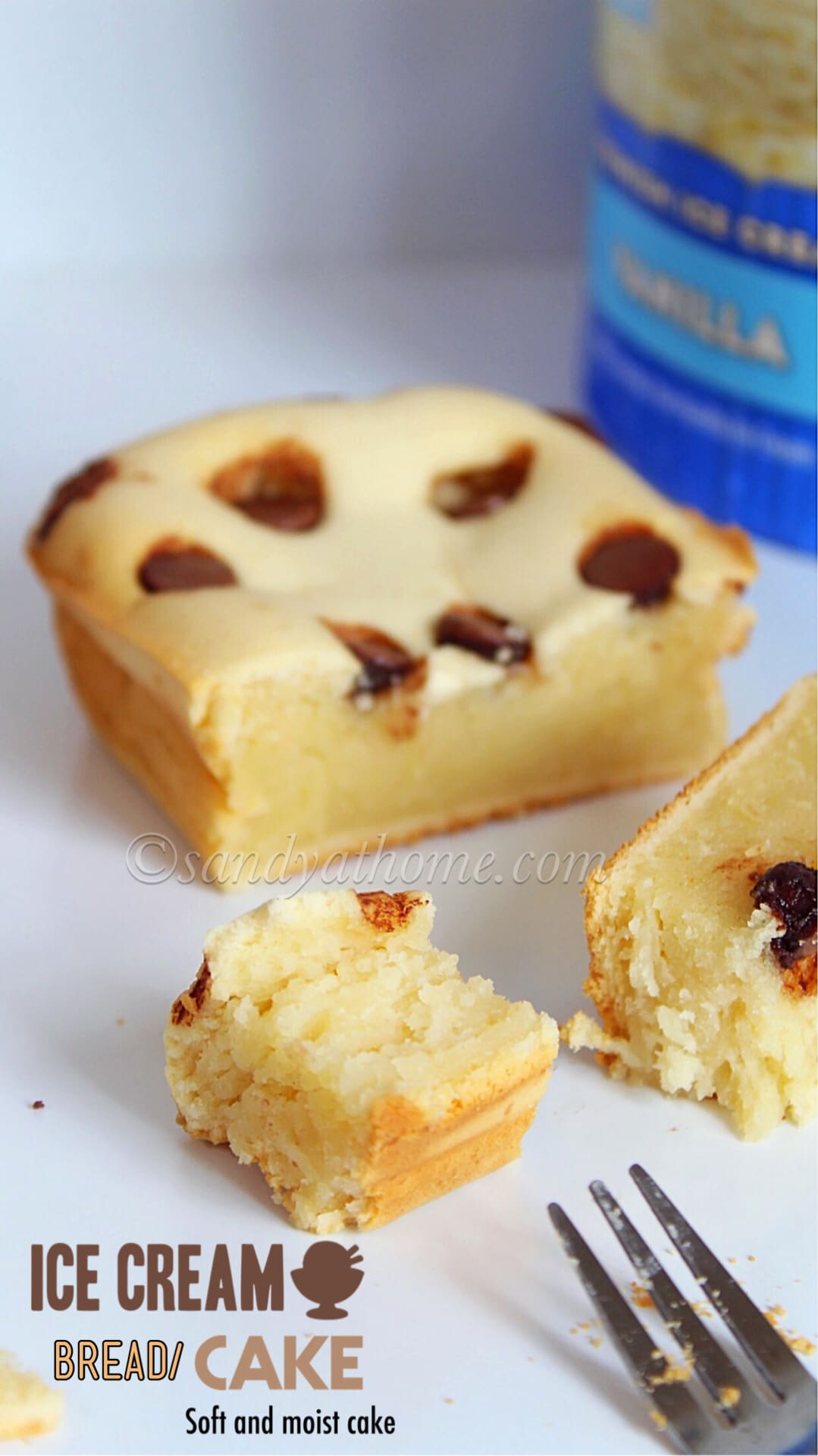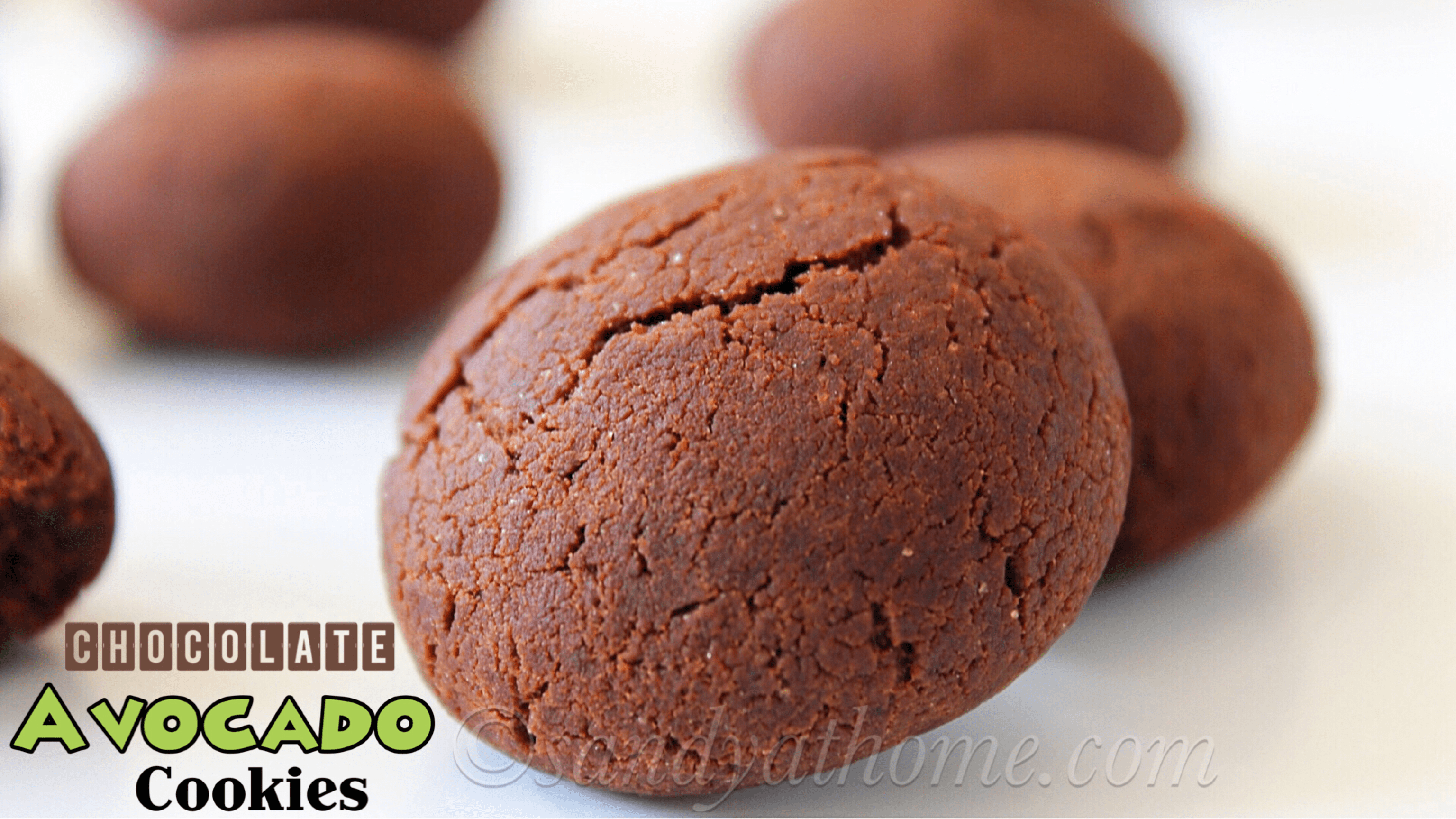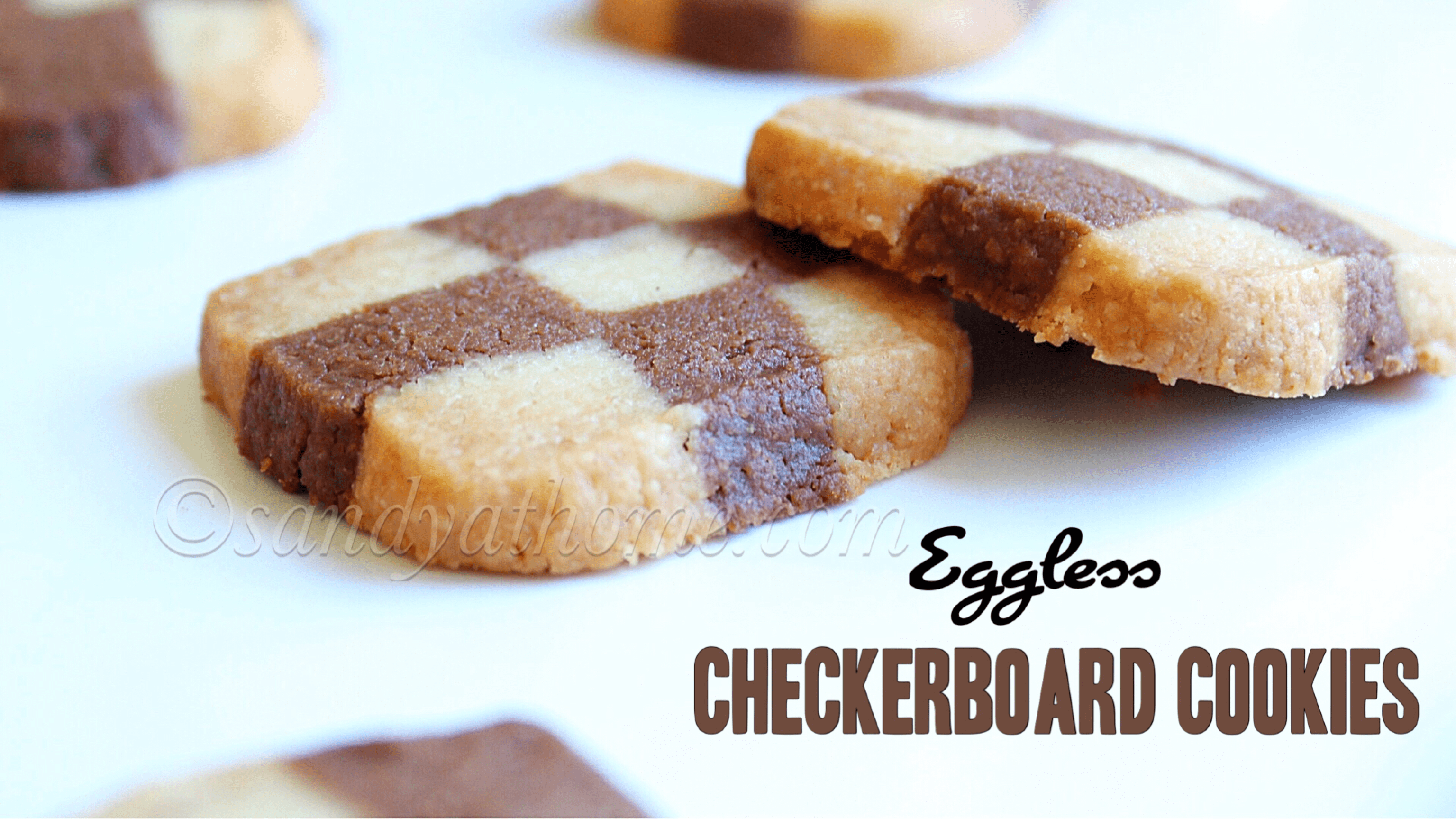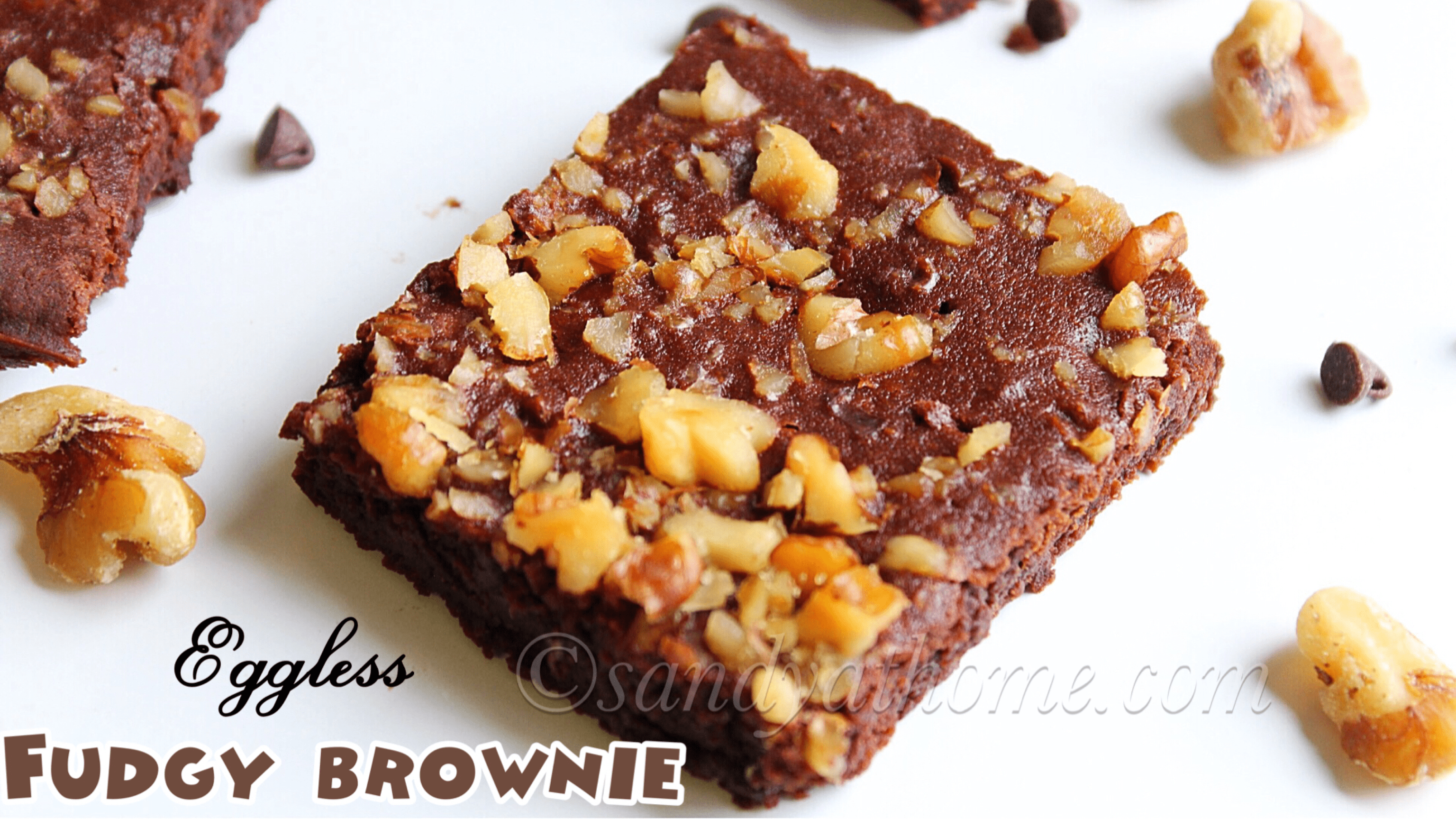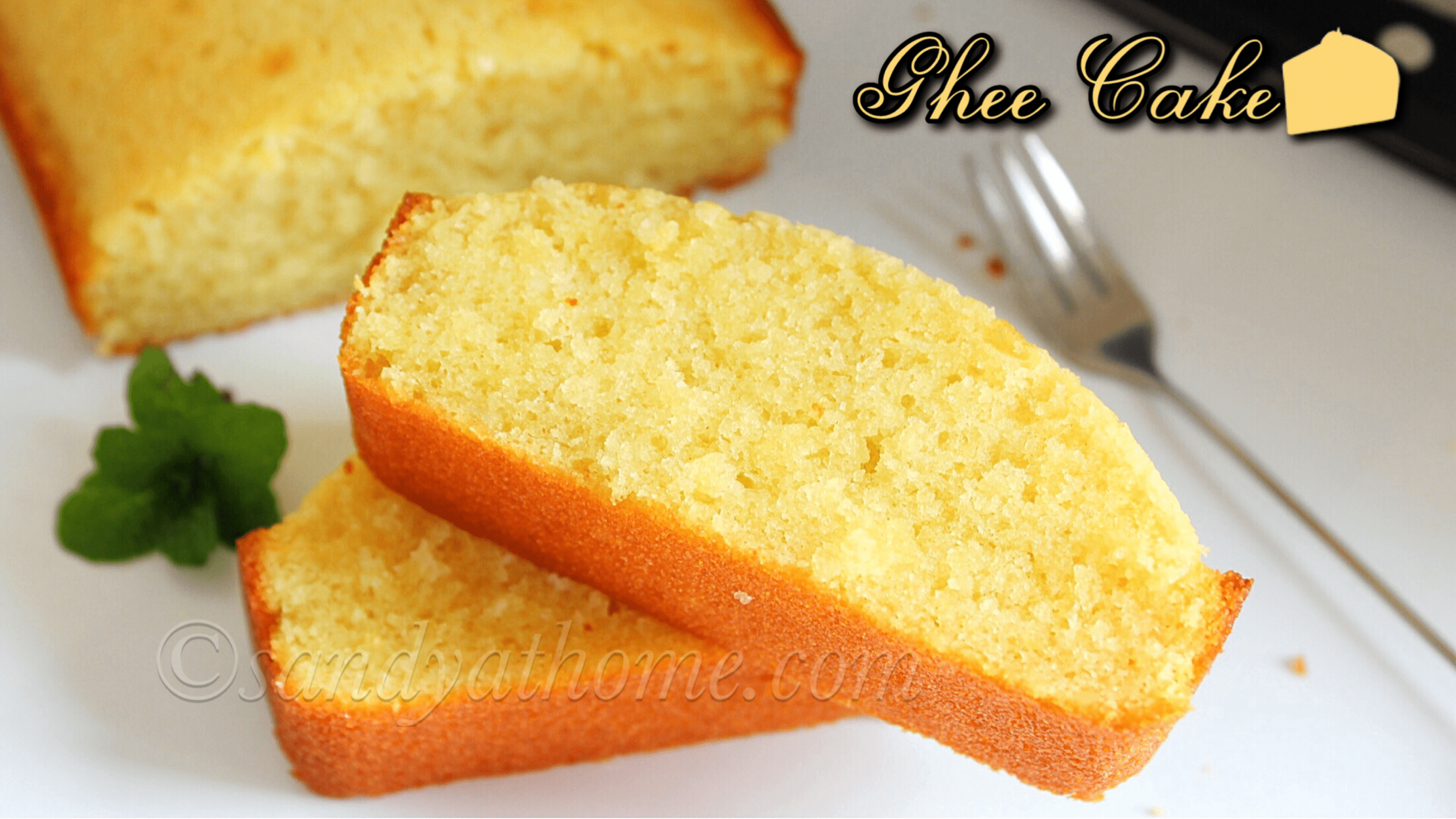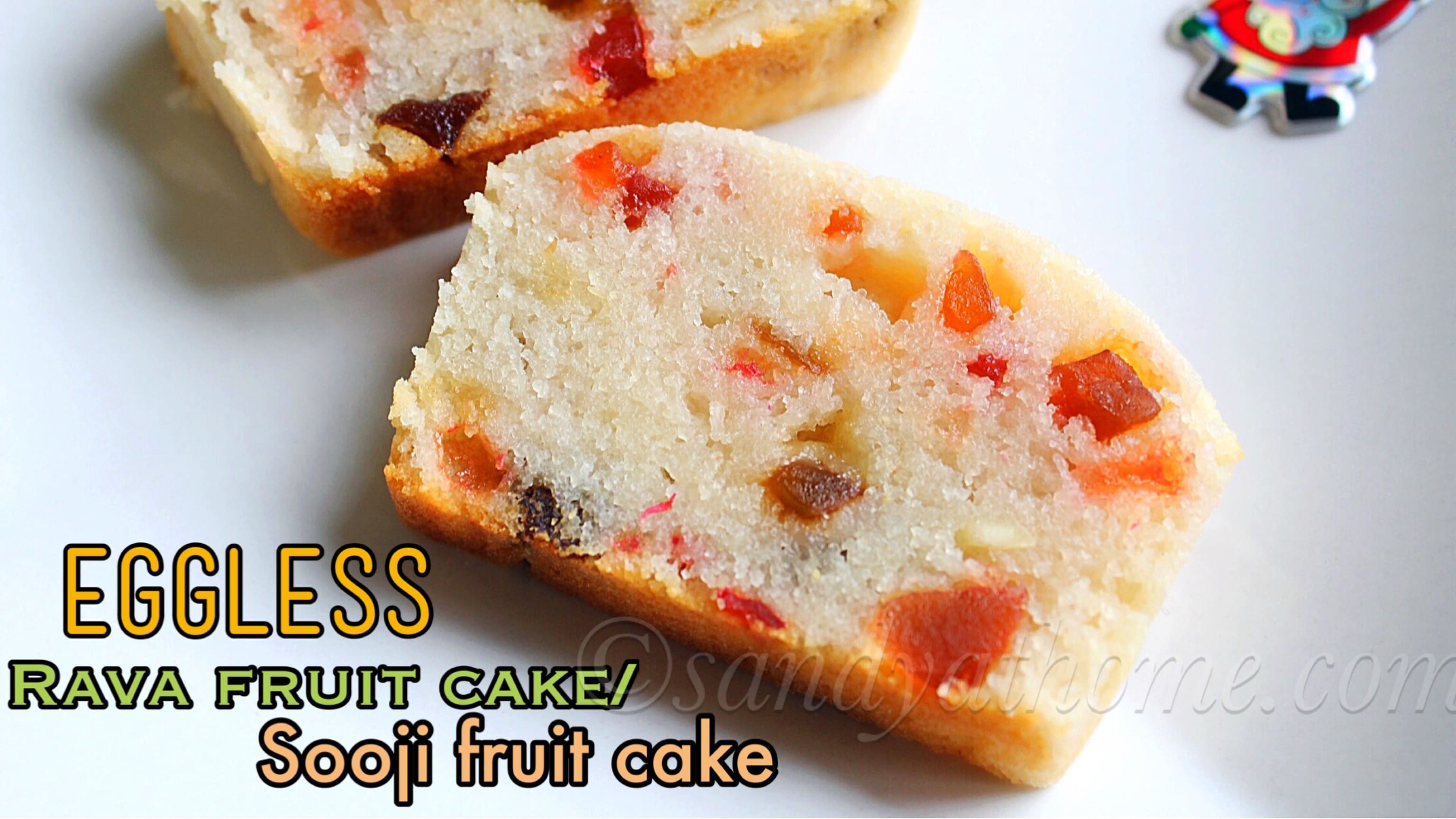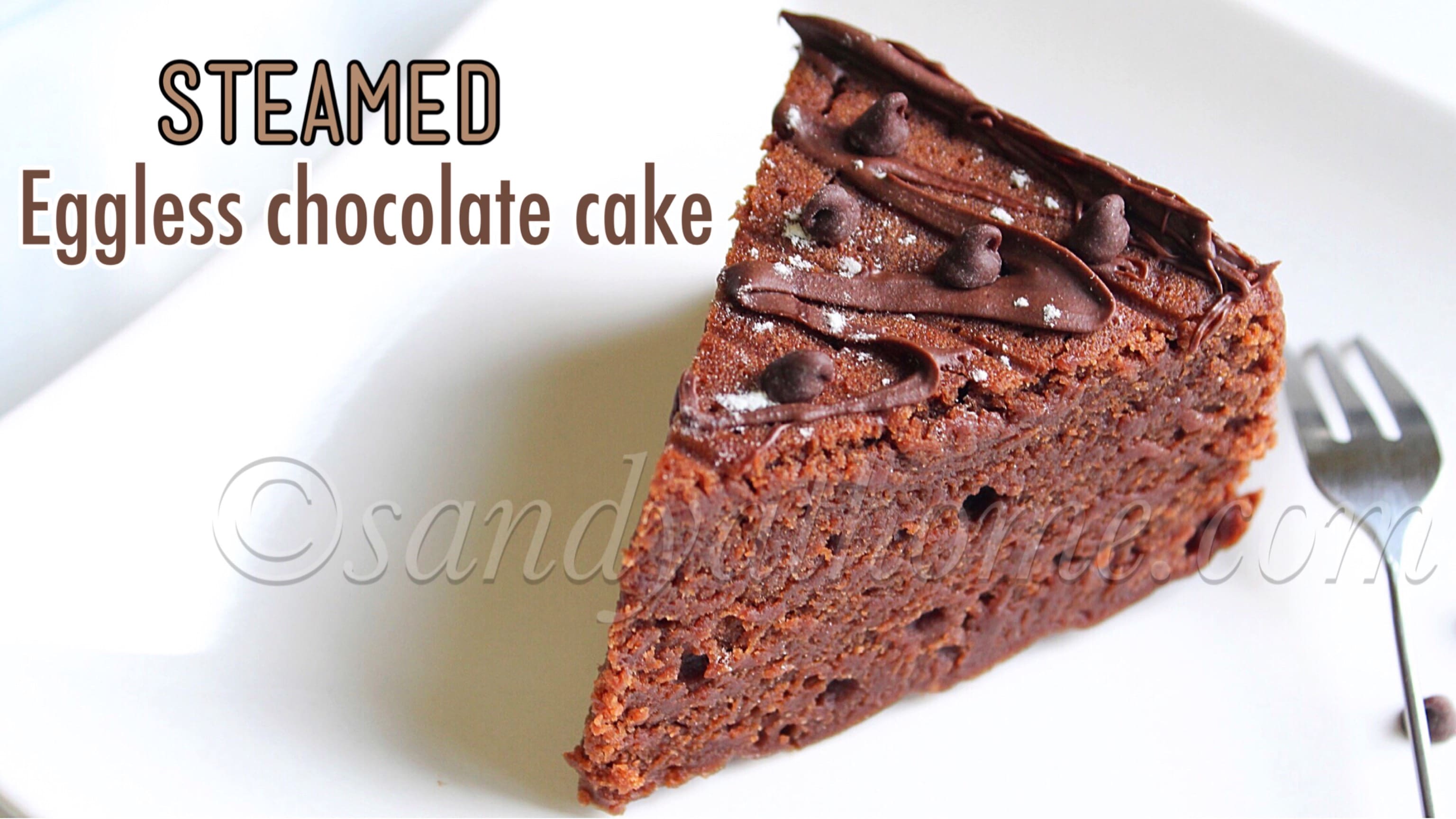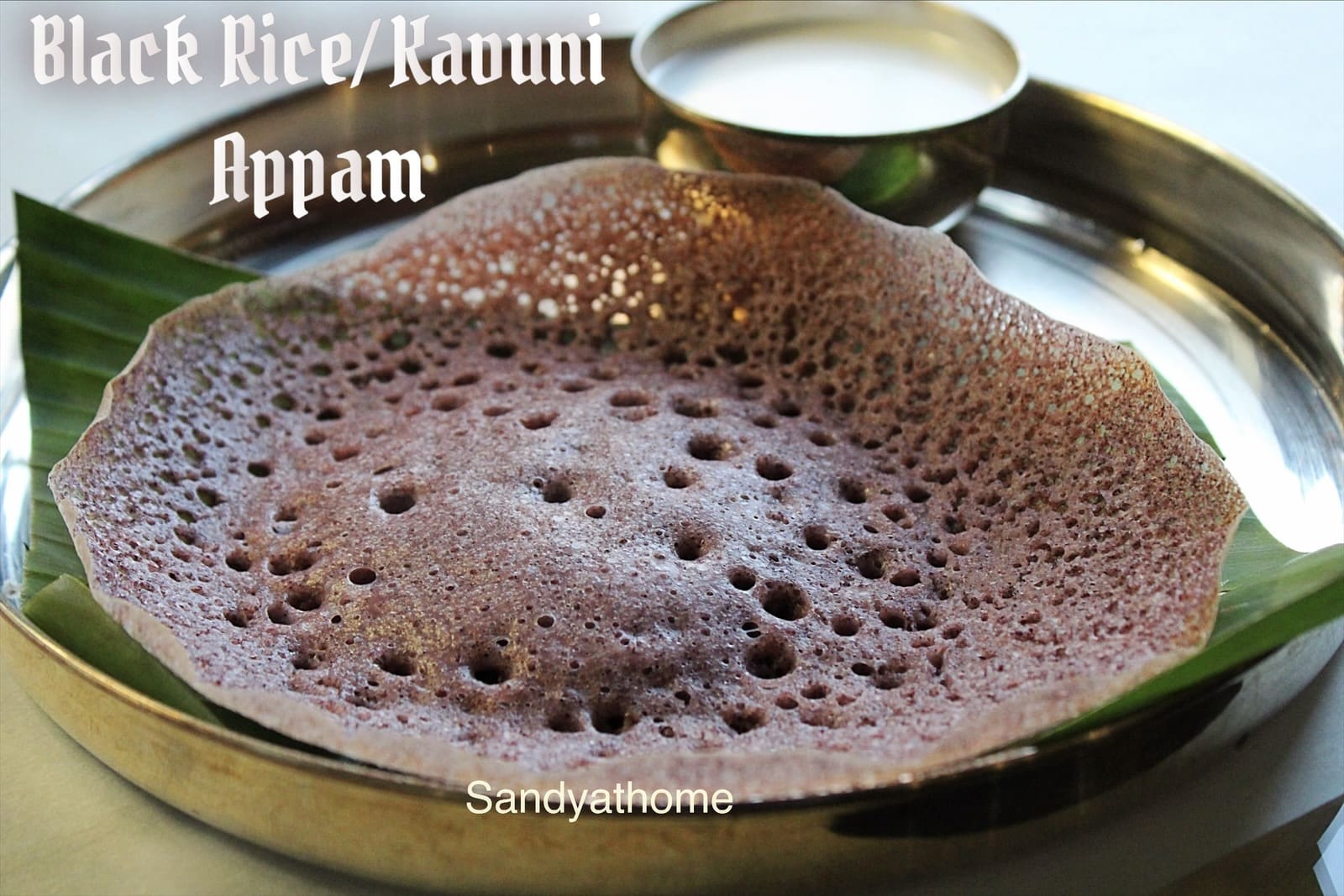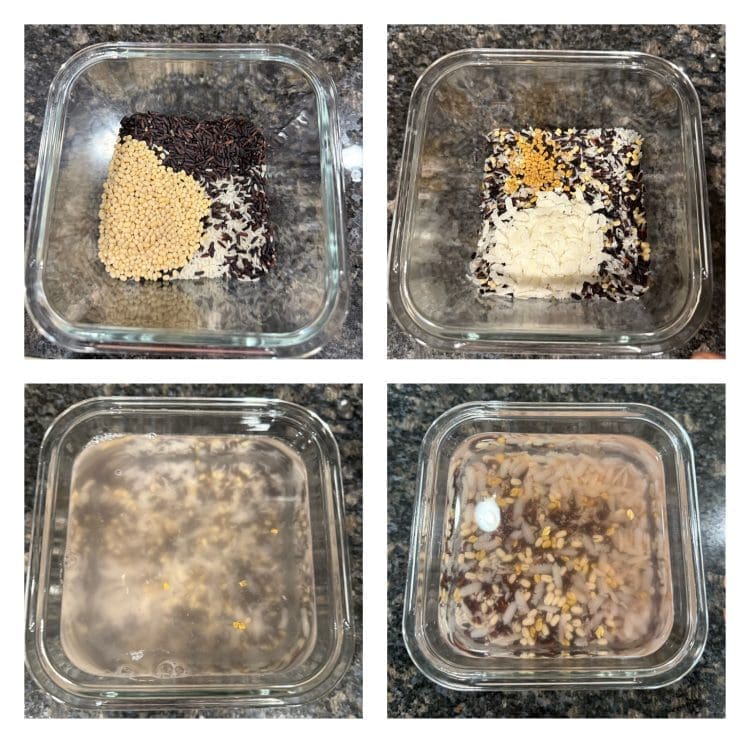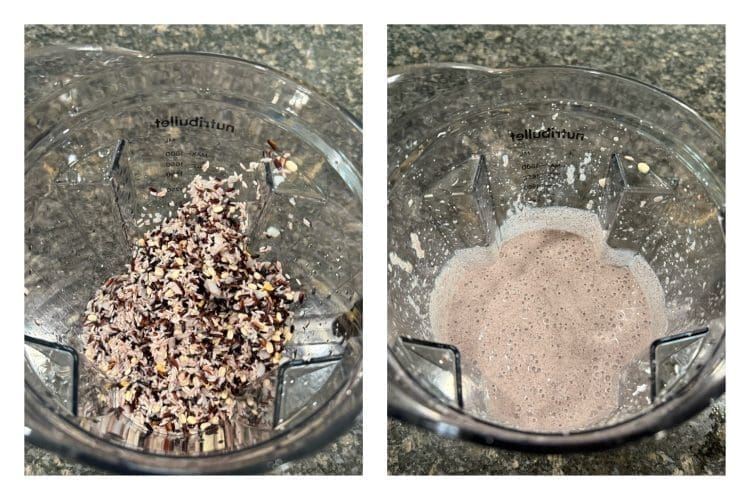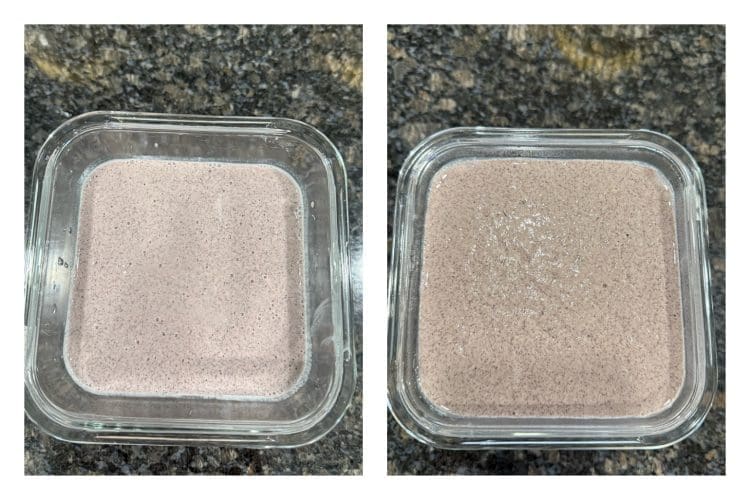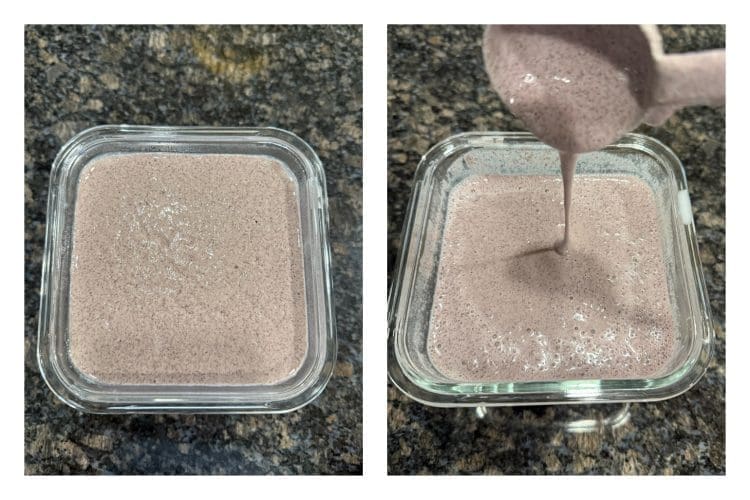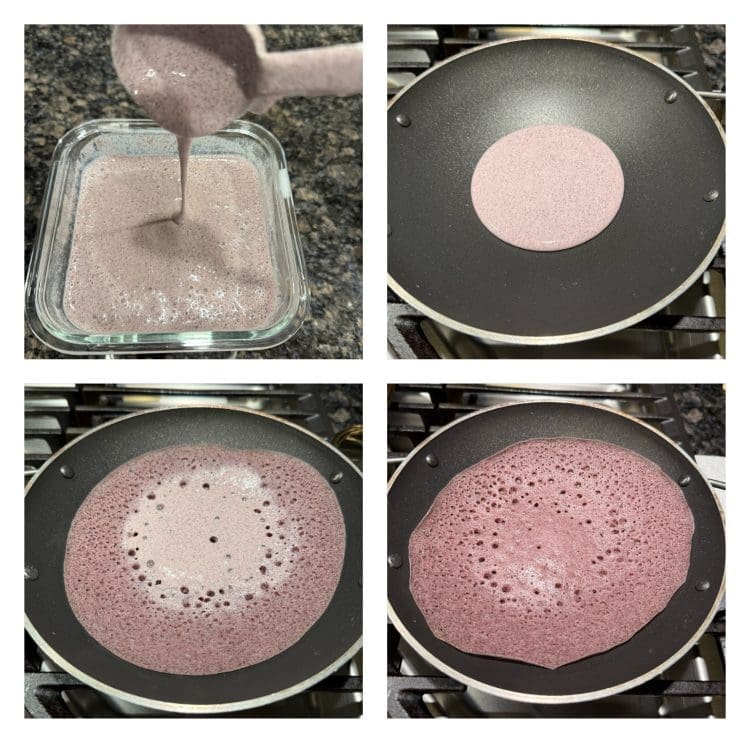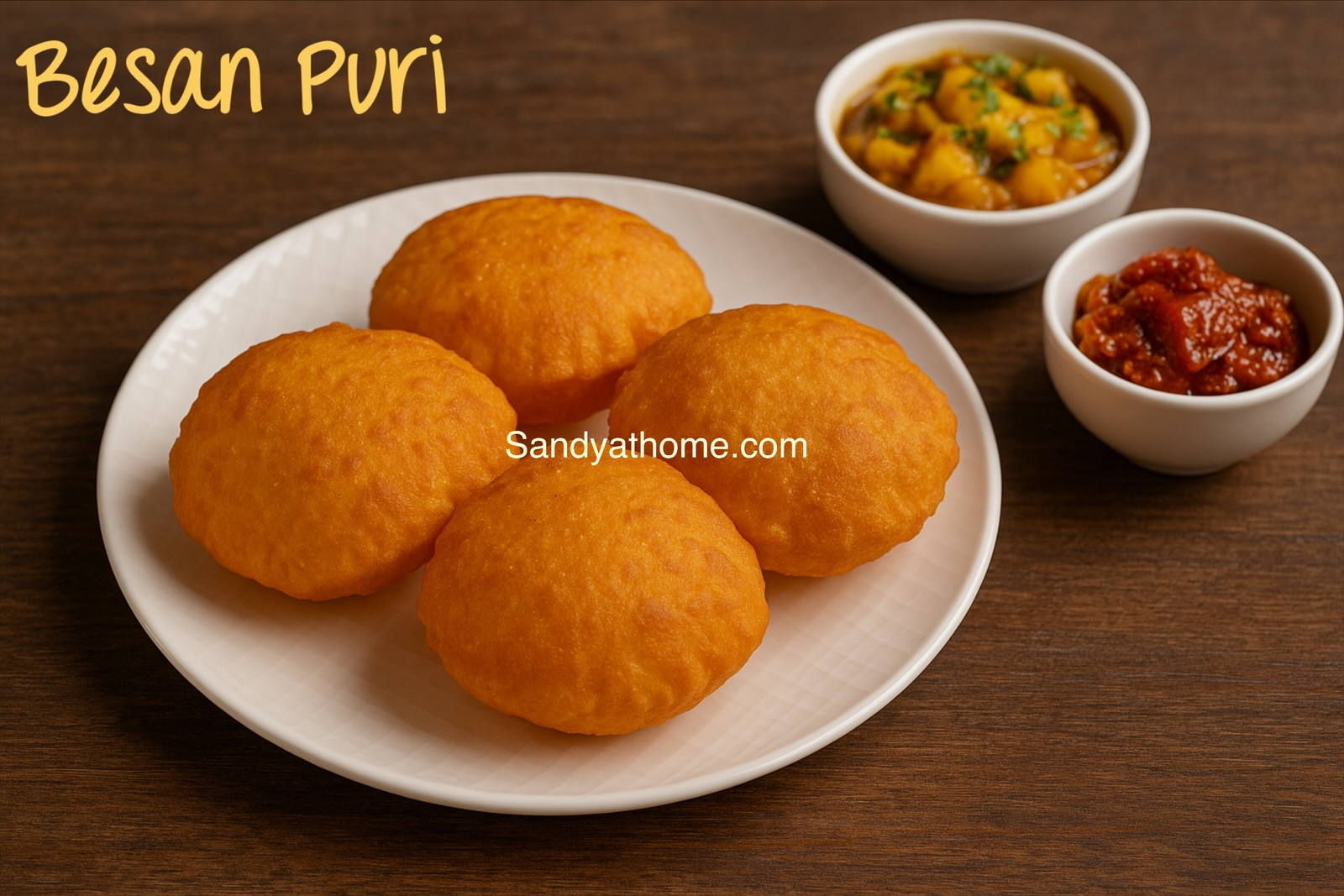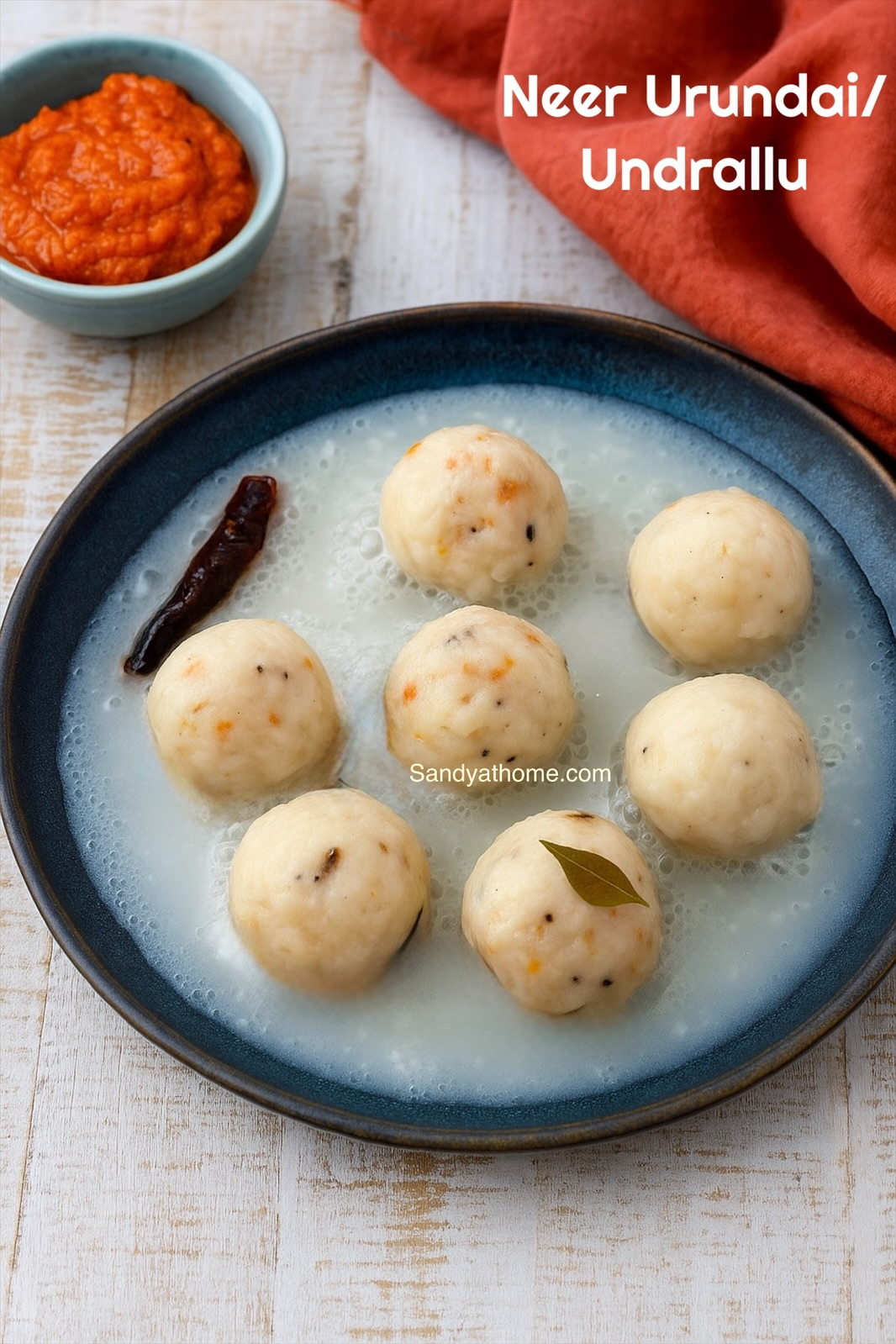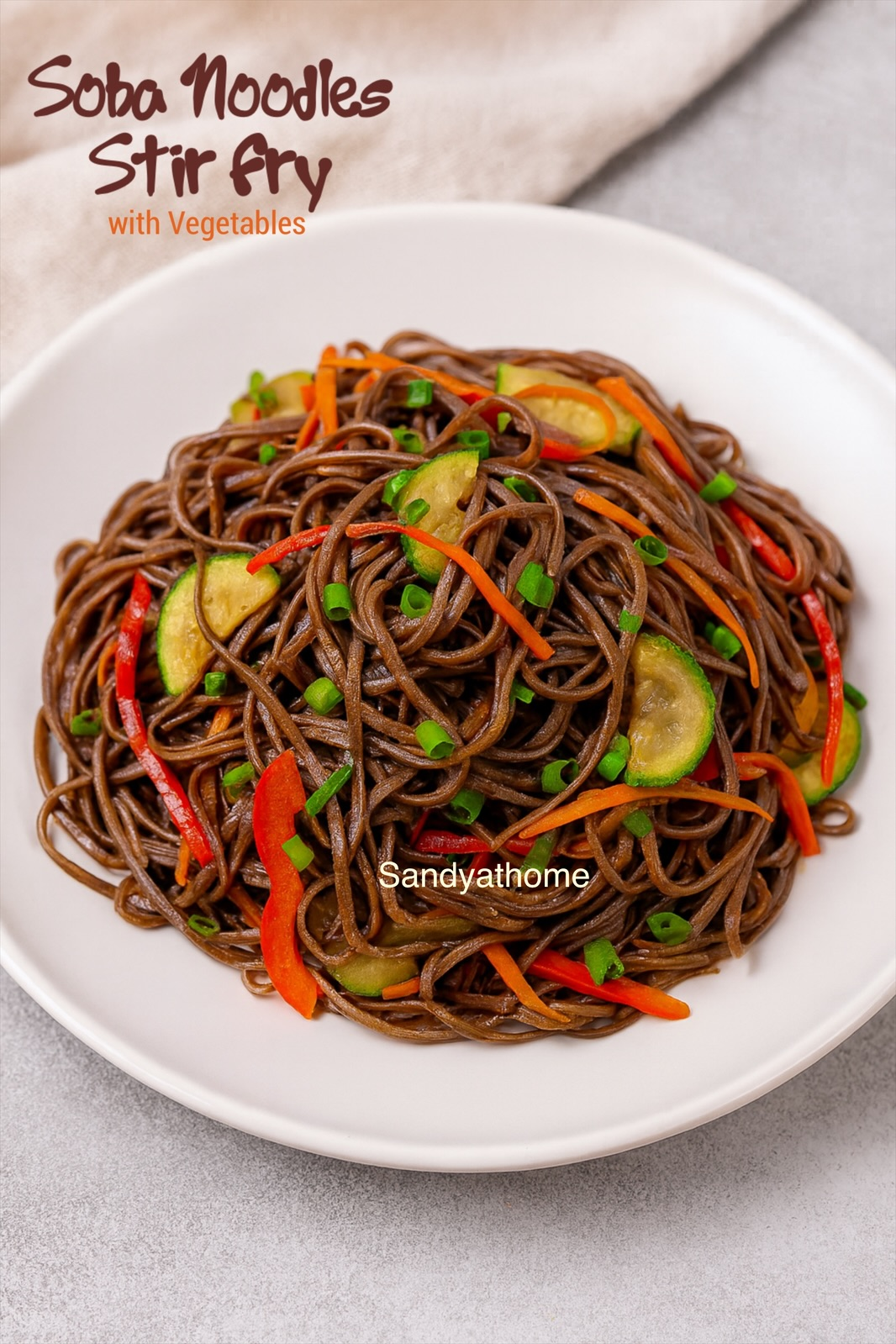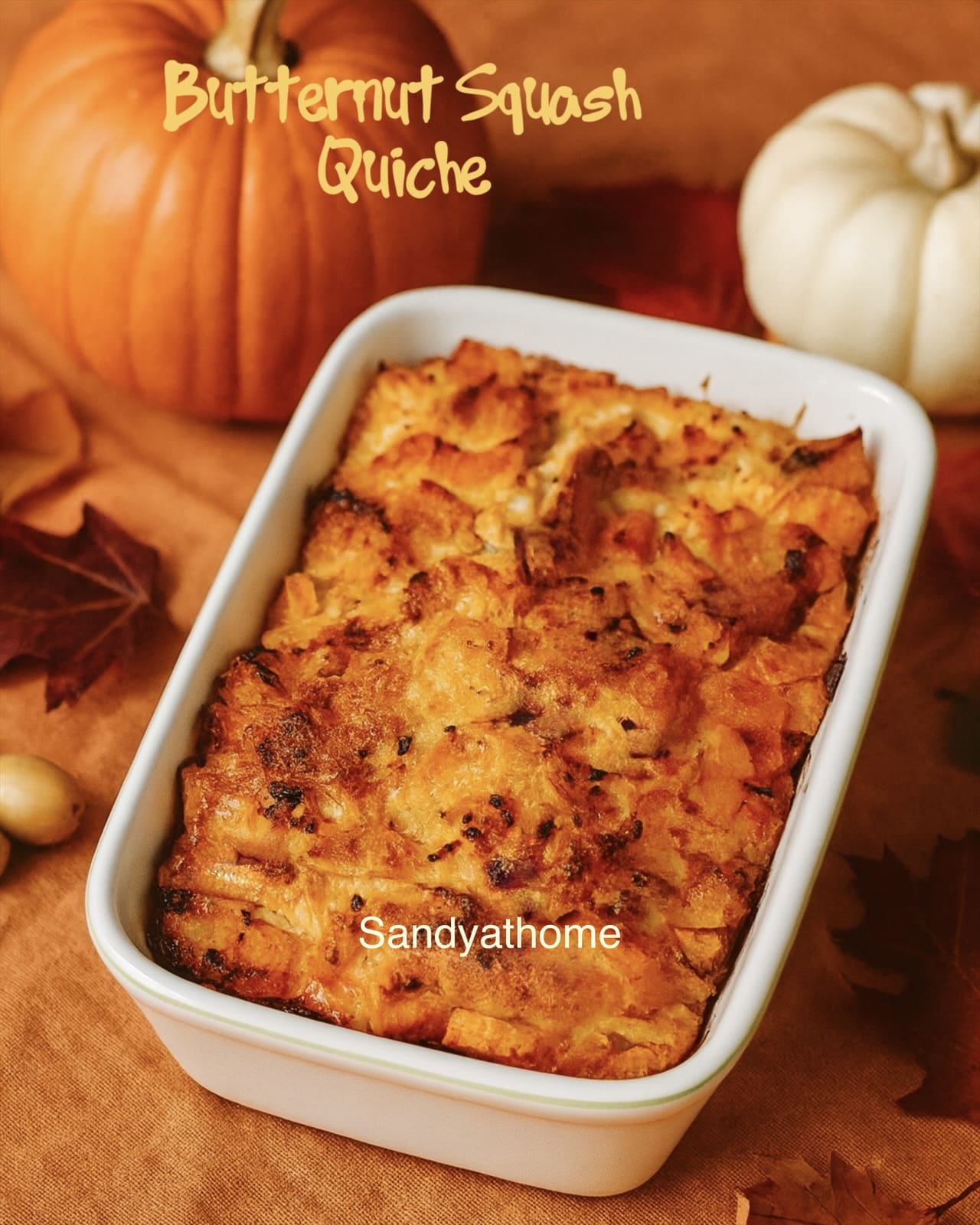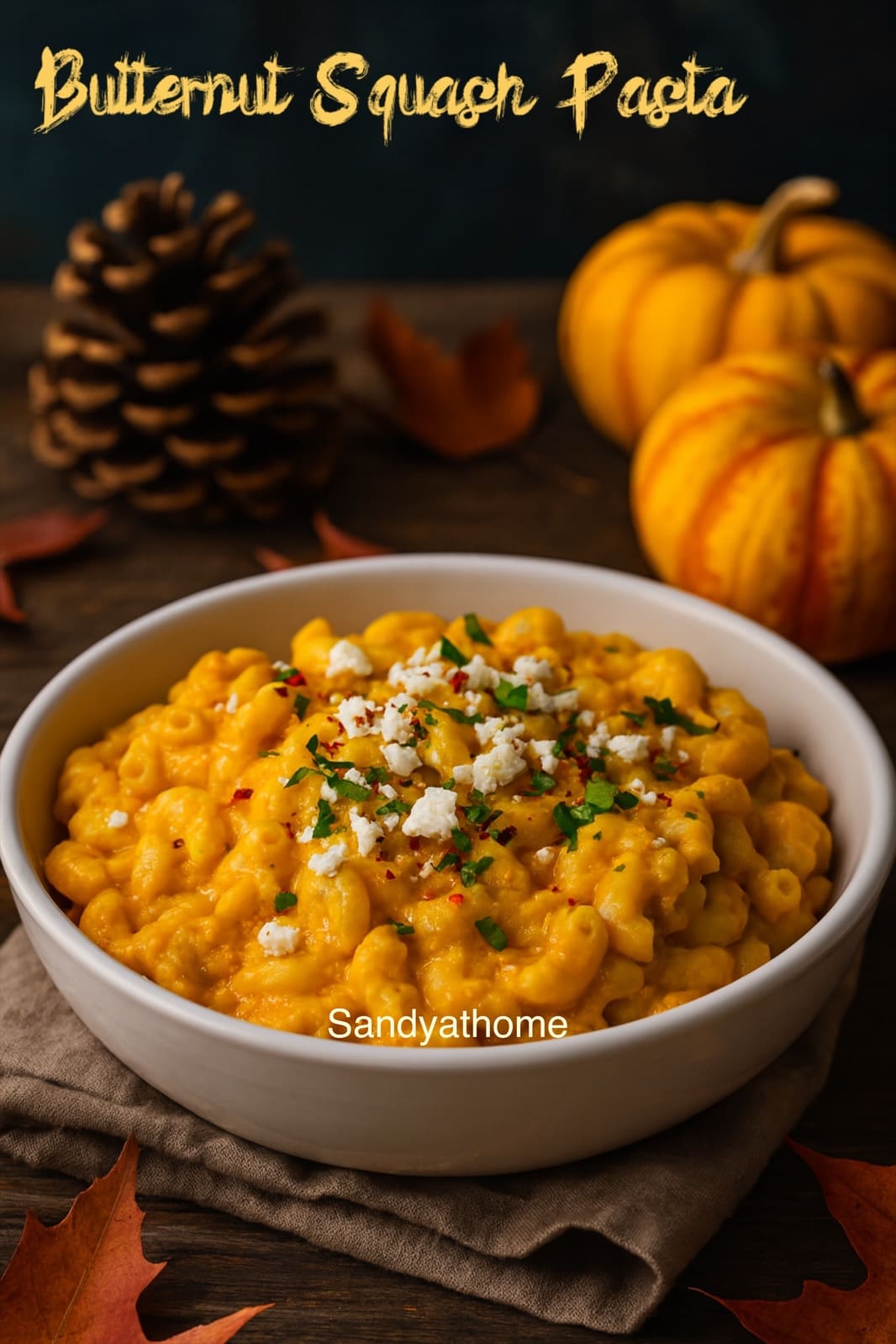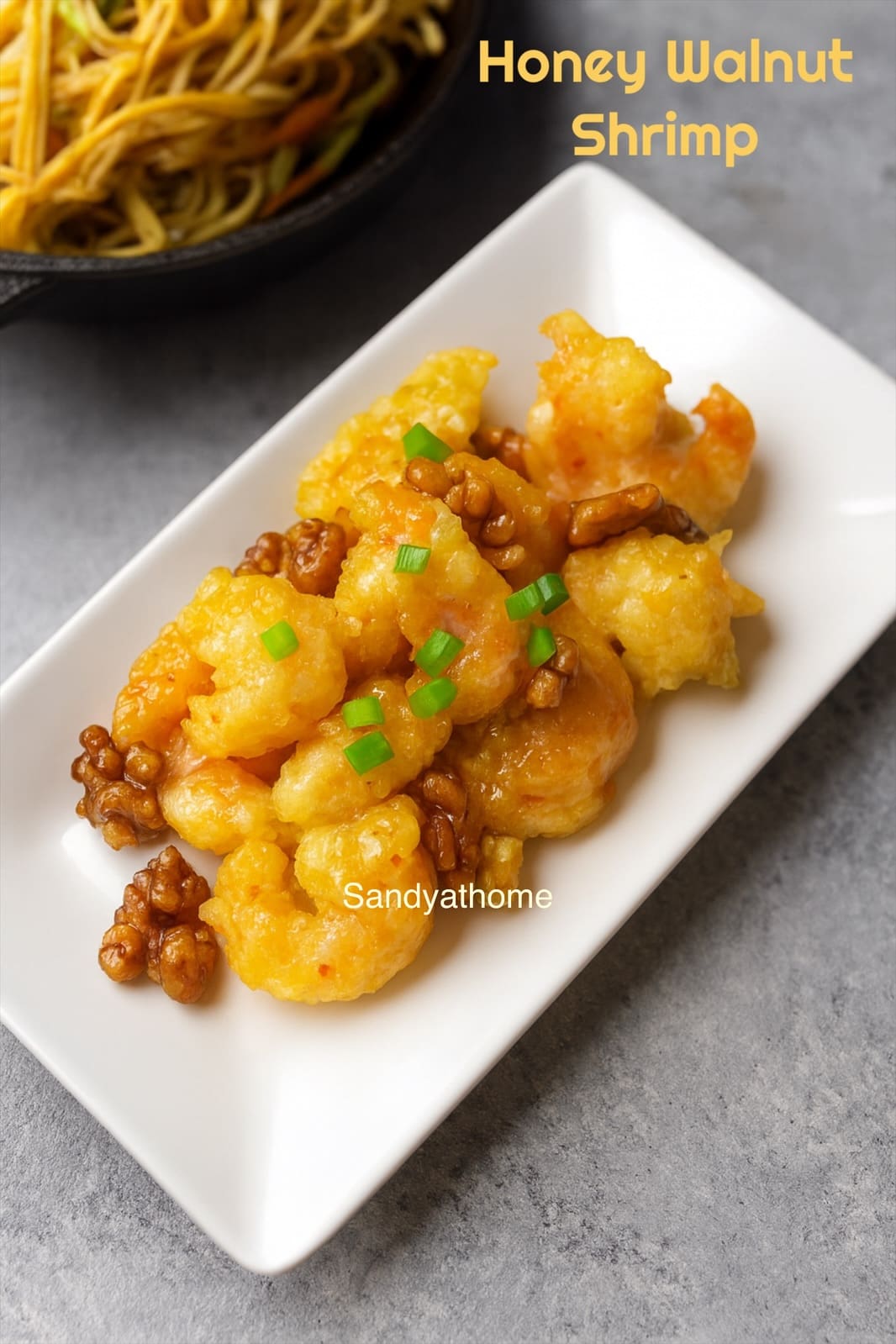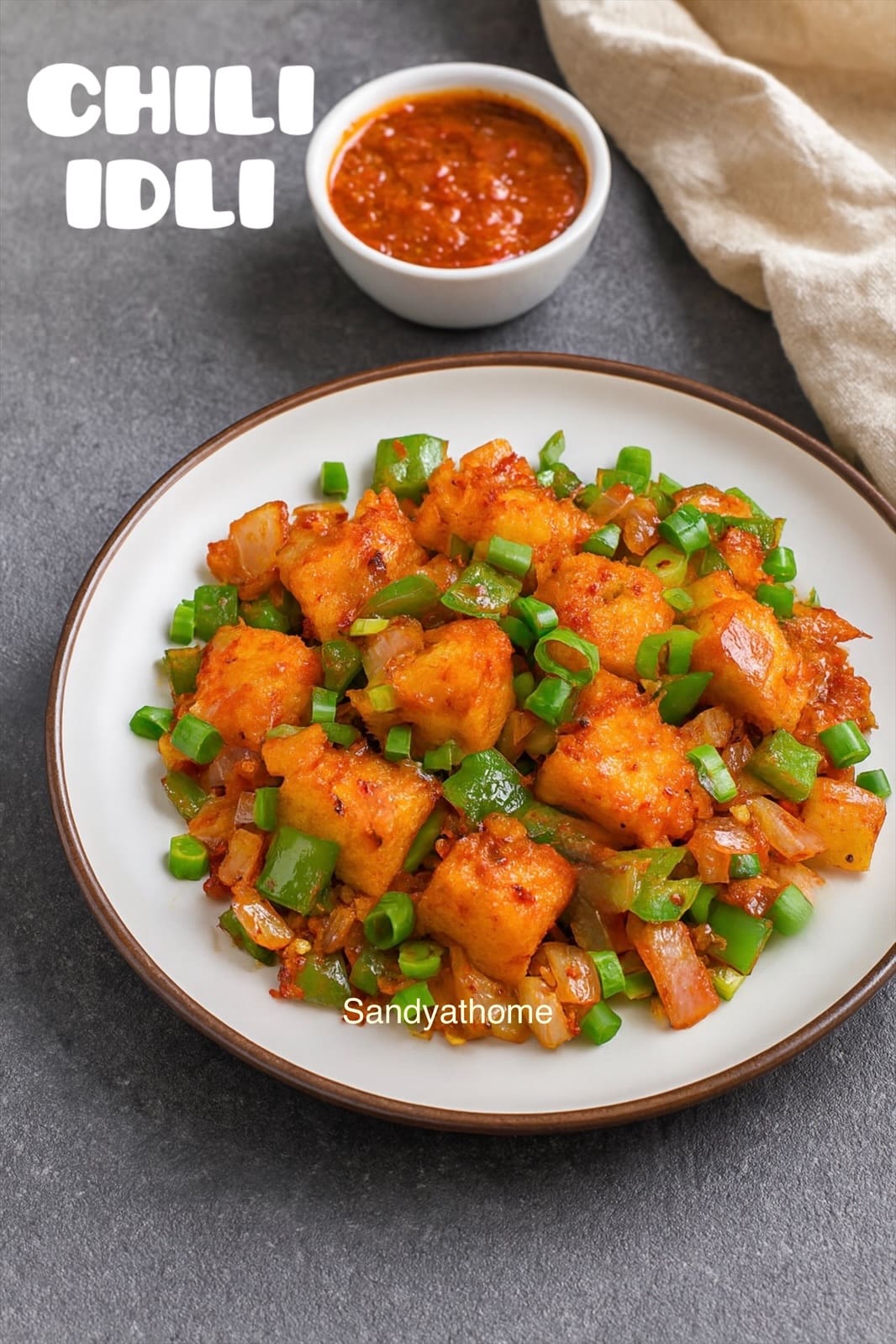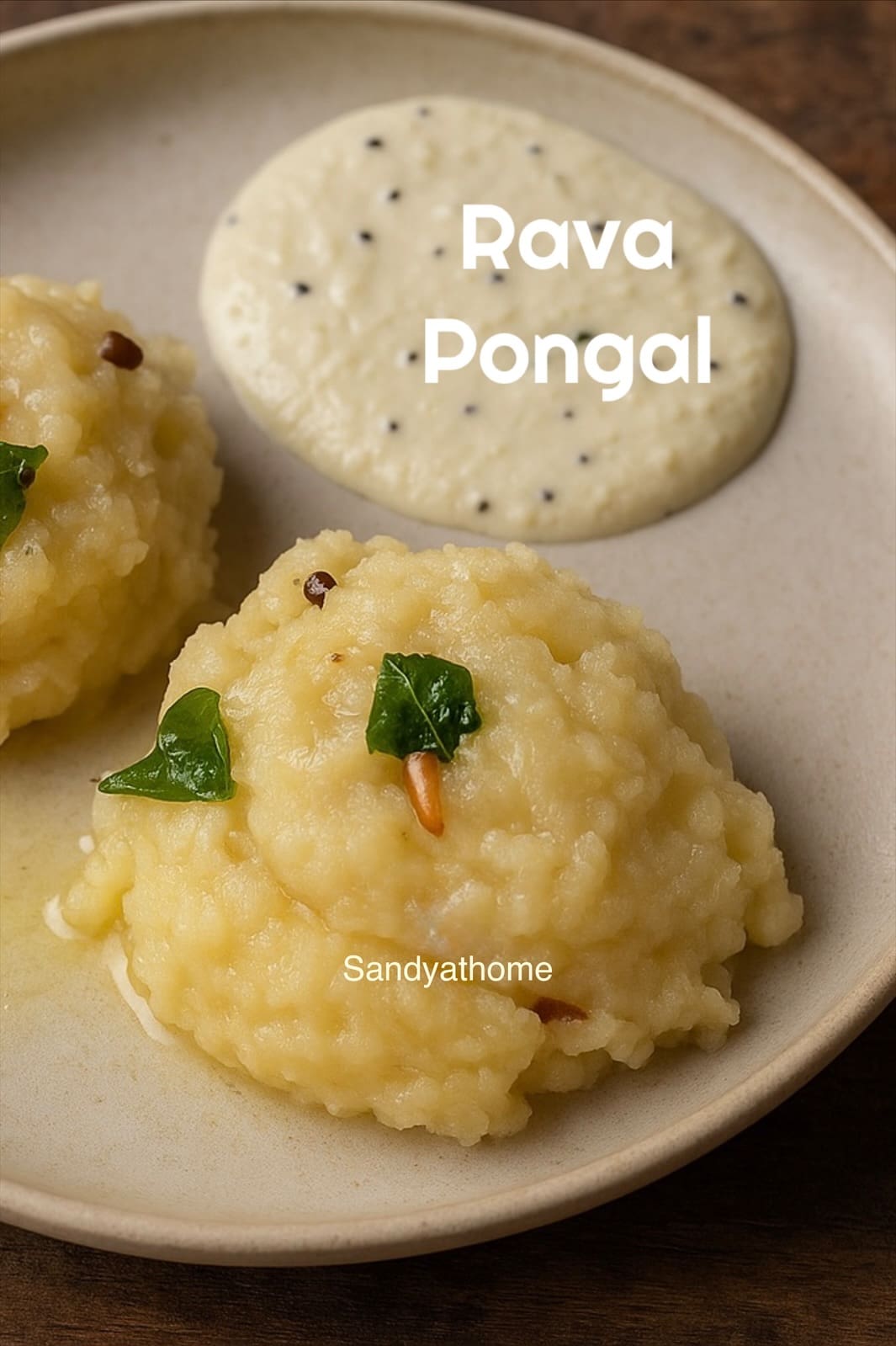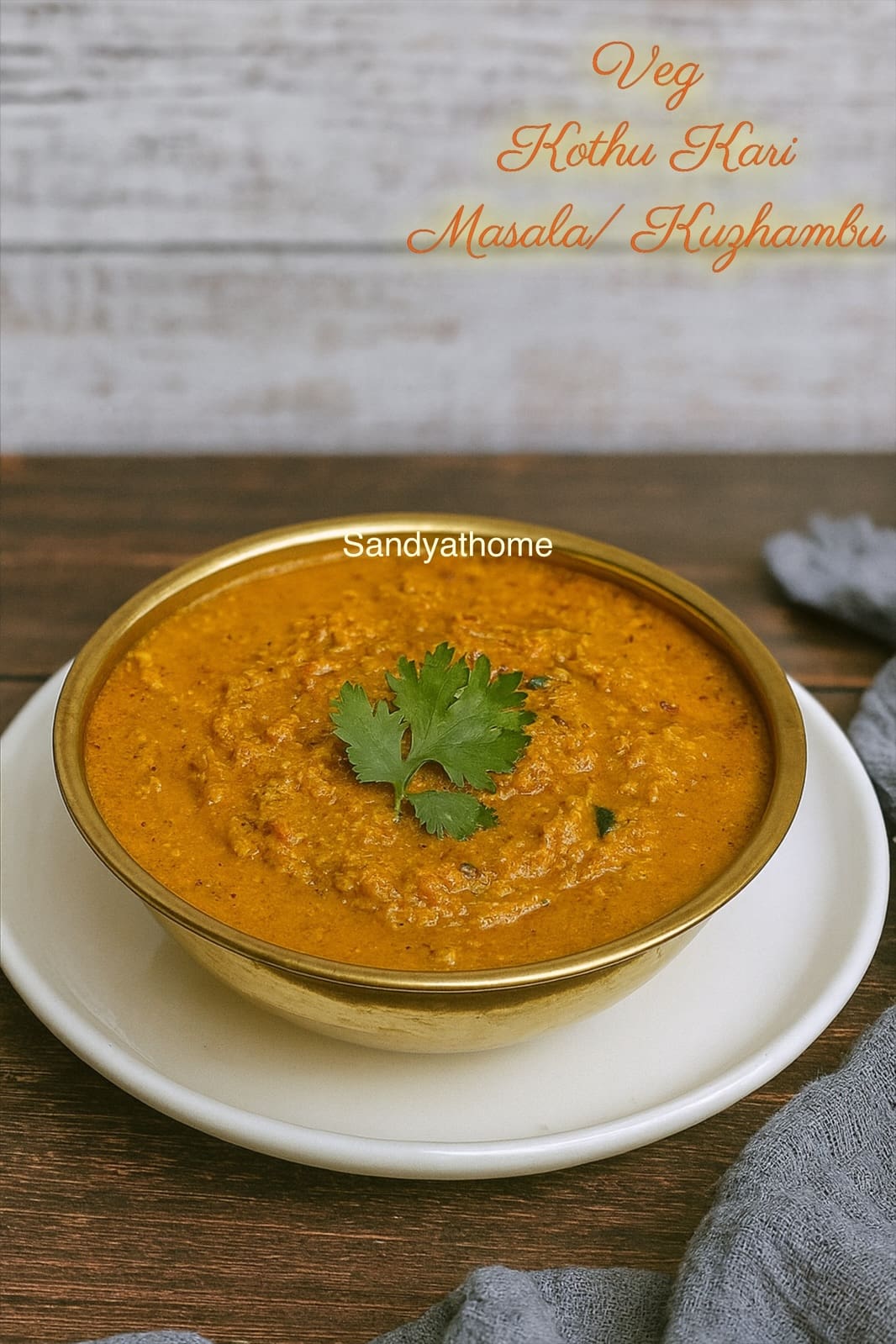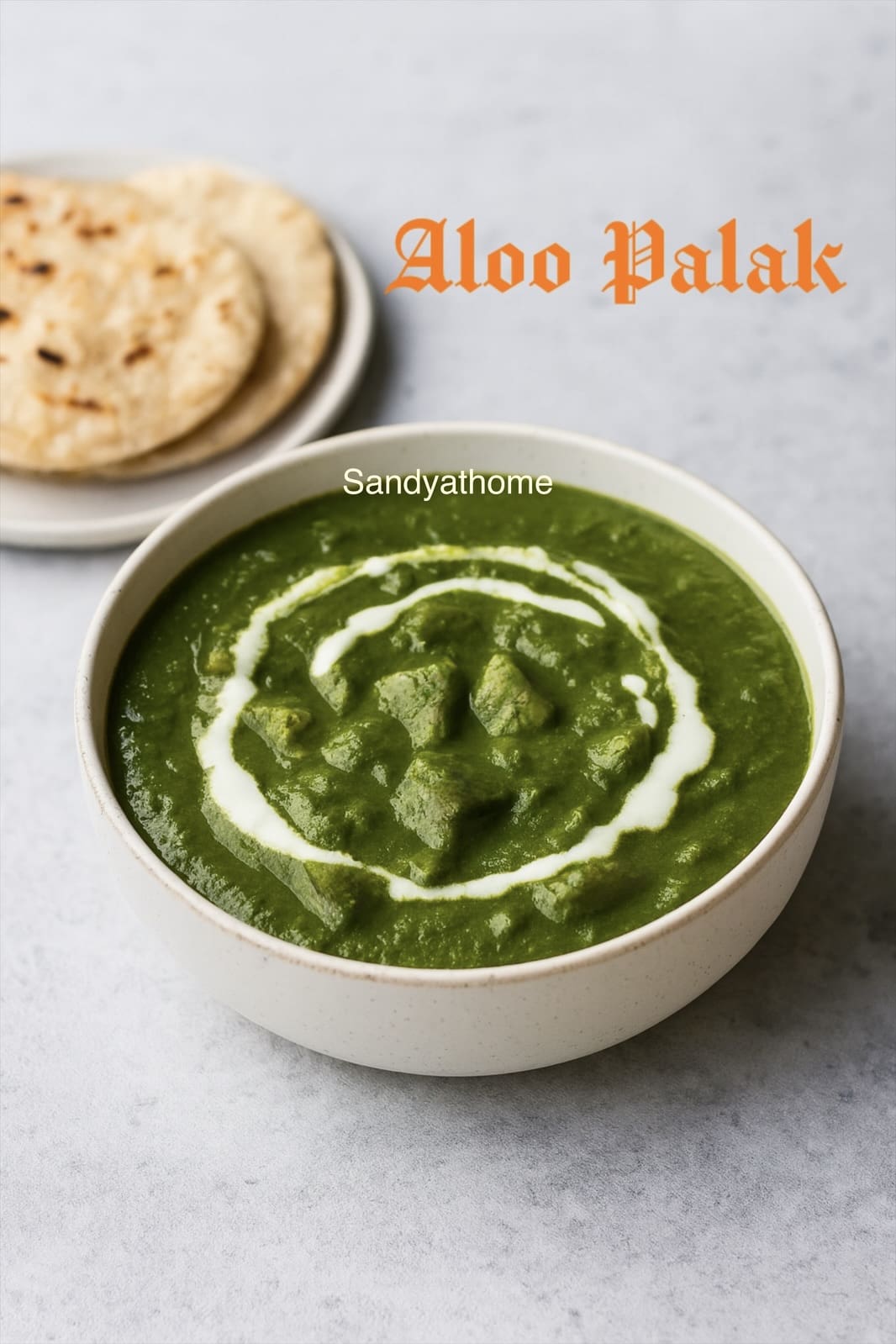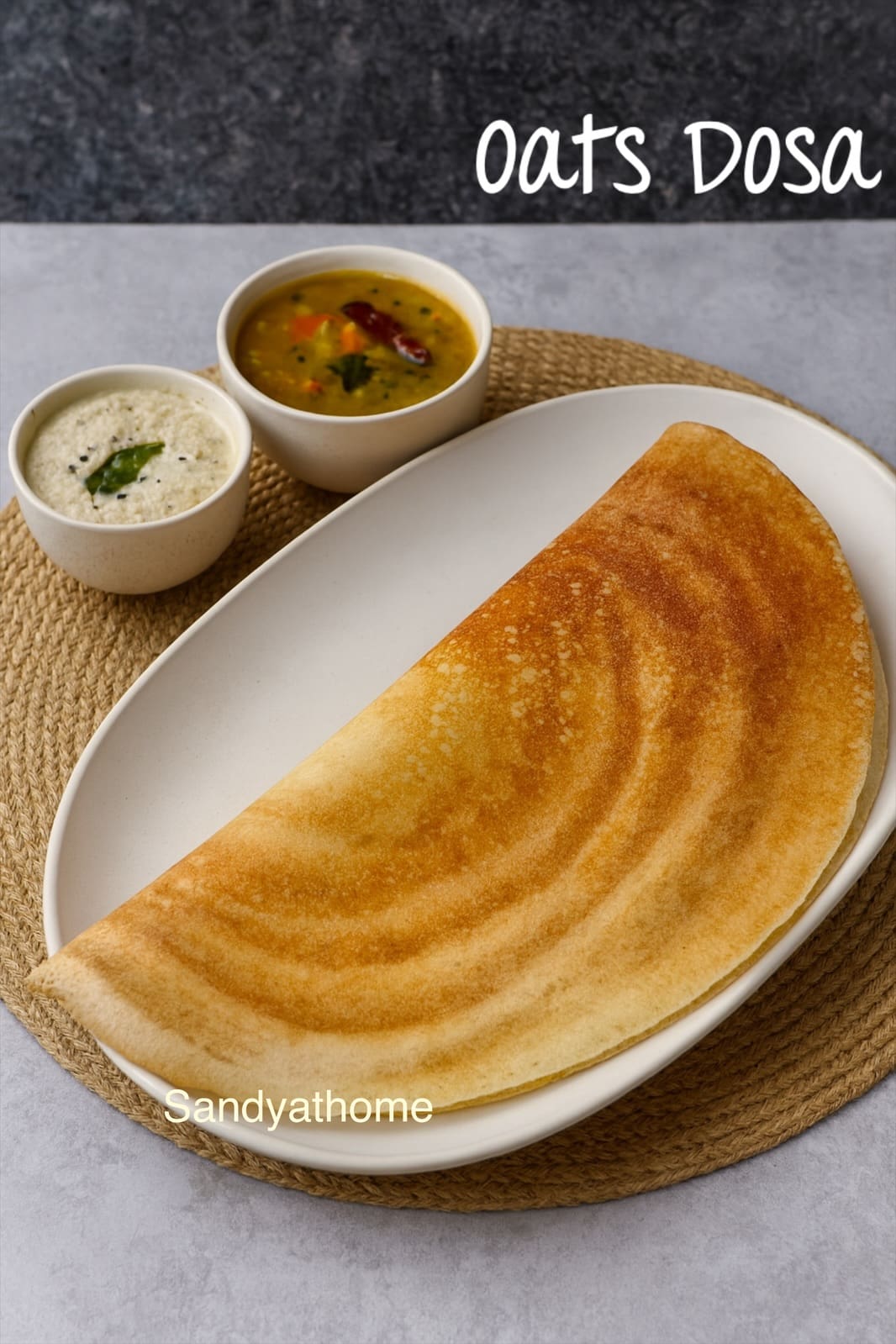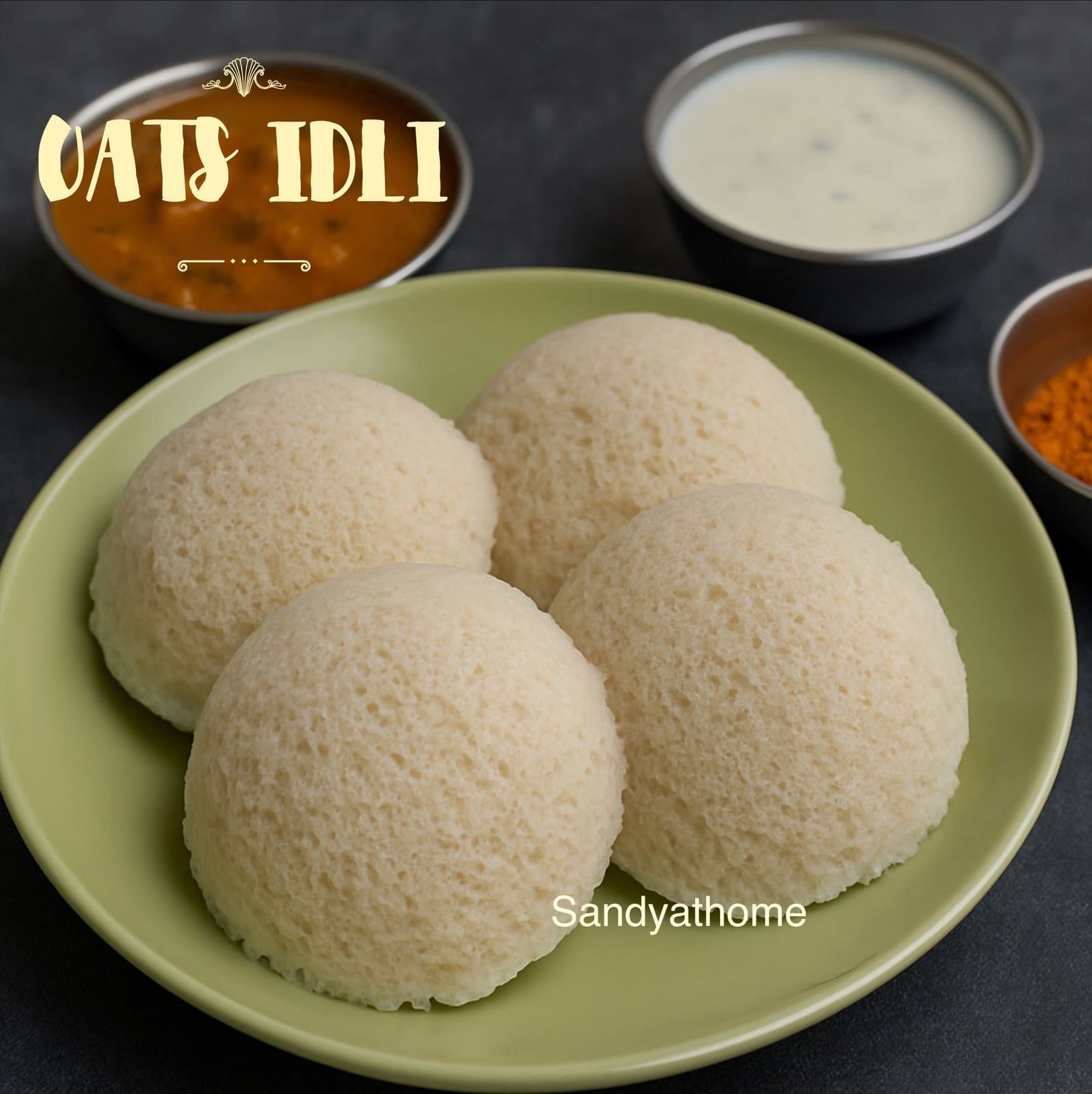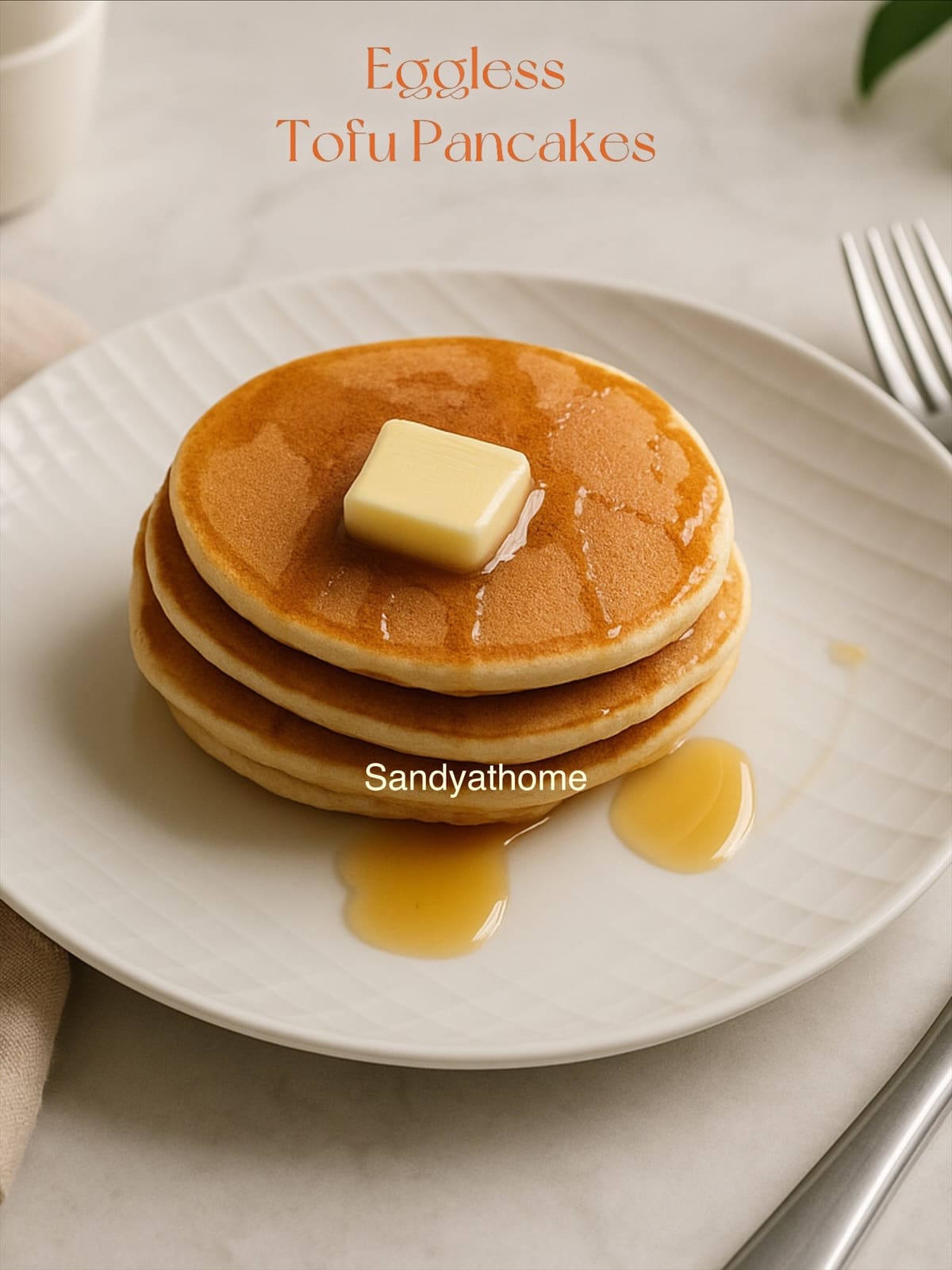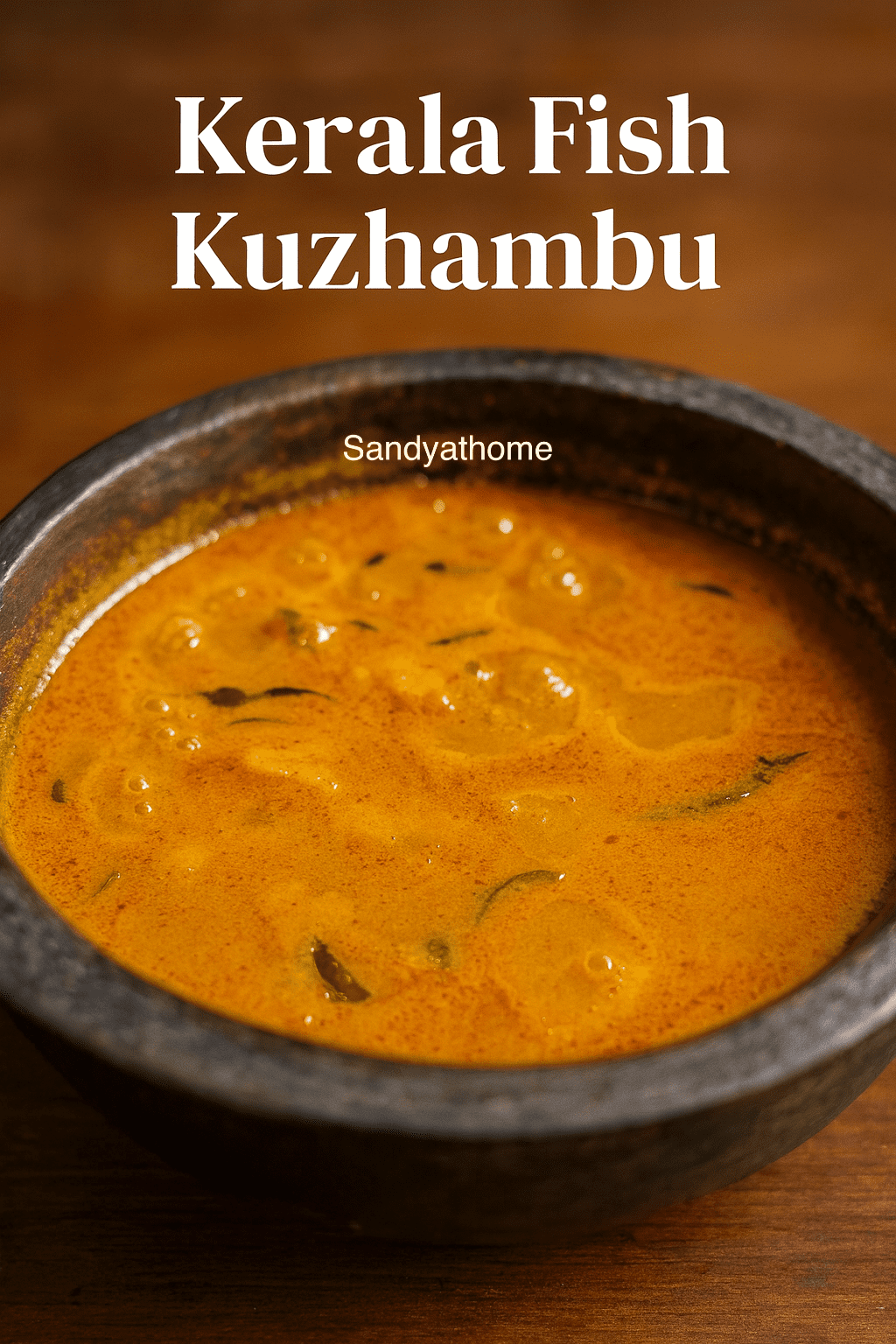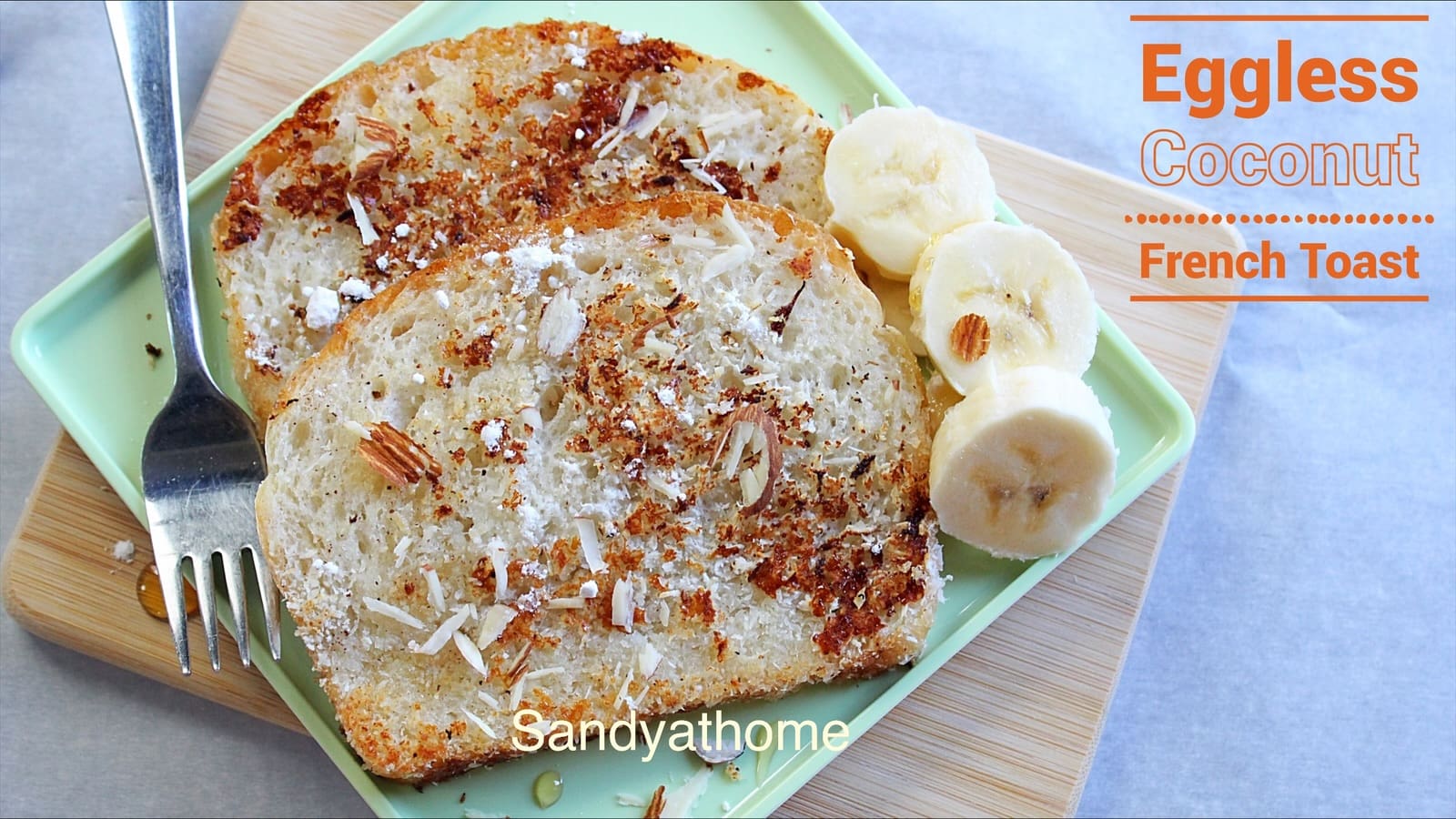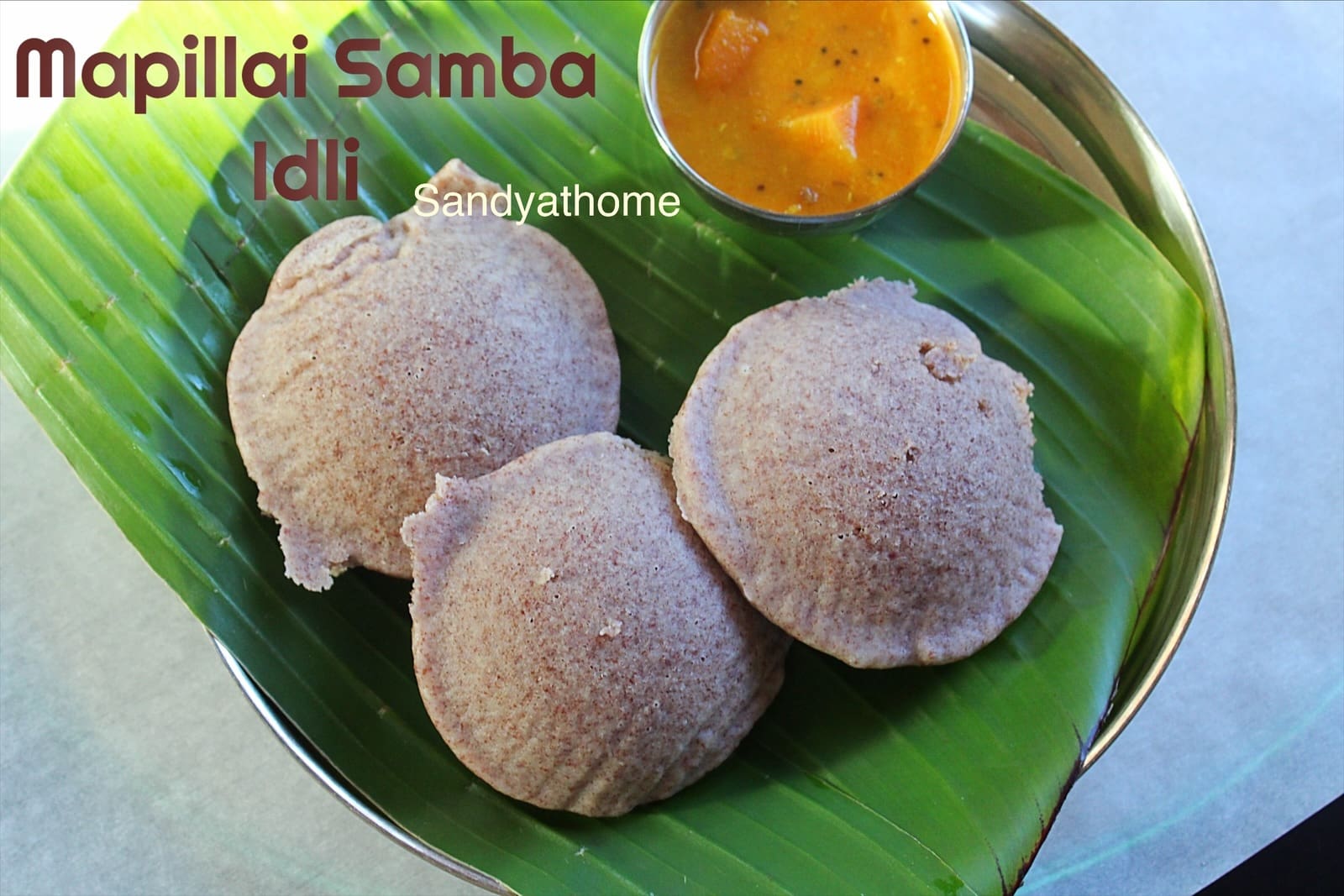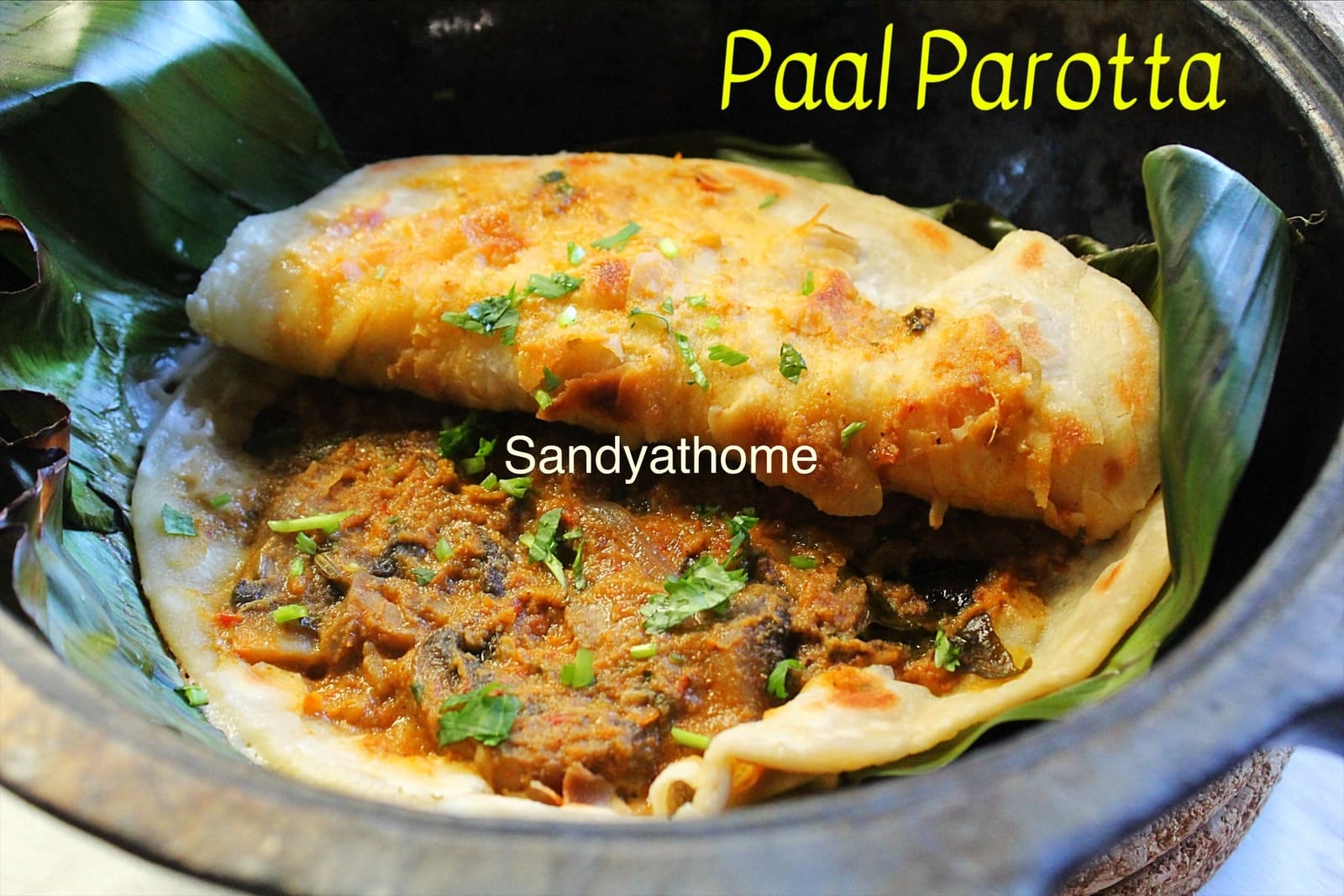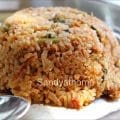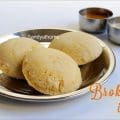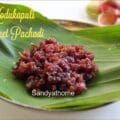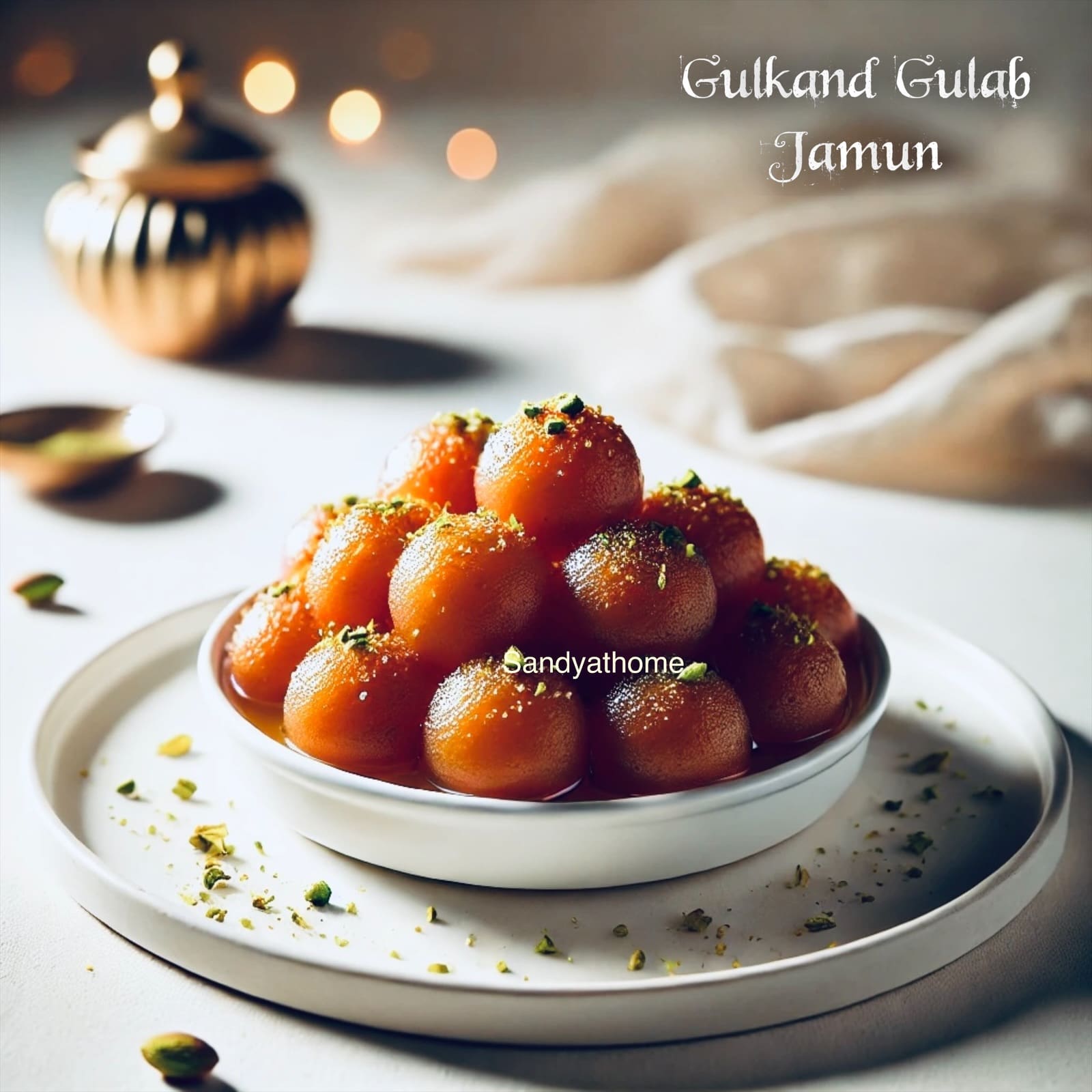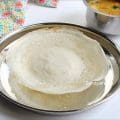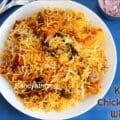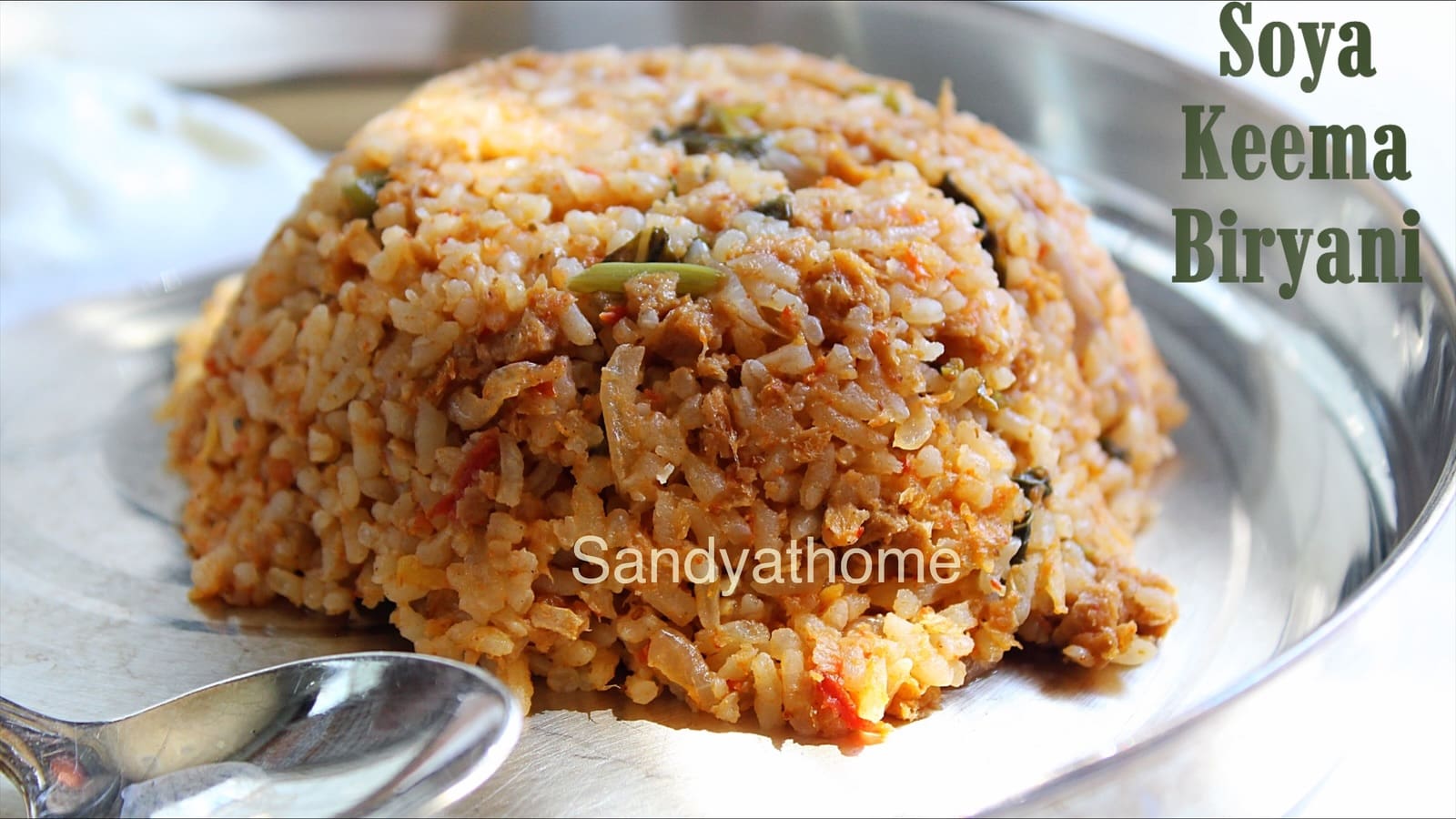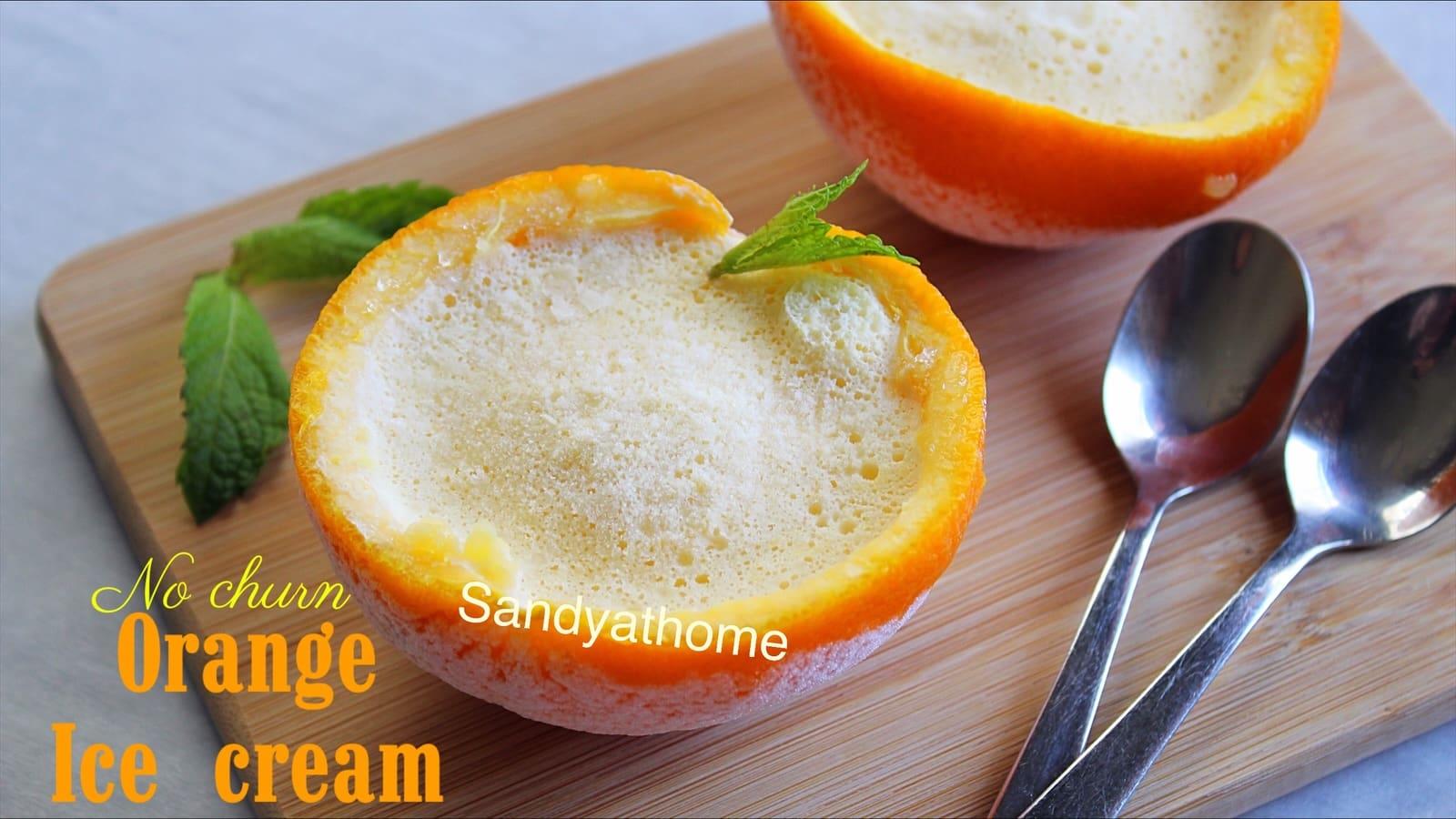Kavuni Appam is a soft, fermented appam made using black kavuni rice, an ancient grain once reserved for royalty in Tamil Nadu. With its striking purple hue, gentle chew, and naturally nutty aroma, this appam stands apart from the regular white rice version. The kavuni rice not only gives it a gorgeous color but also infuses the appam with a deep, earthy flavor that’s both comforting and nutritious.
Unlike crispy dosas or dense adais, these appams are soft in the center with a subtle fermented tang — light on the stomach yet filling. Paired with freshly extracted sweet coconut milk, this becomes a soulful, heritage-style dish that feels both festive and grounding.
Whether enjoyed for a weekend breakfast or as a revival treat for elders, Kavuni Appam is proof that simple ingredients, when treated with love and patience, create magic on a plate.
I’ve always been a big fan of appams — soft, pillowy, and full of soul. But when I tried making them with Kavuni arisi (black rice) last week, it was a whole new level of love. I’ve experimented with many grains for appam over the years, but this one completely won my heart — not just for its taste, but for its beautiful deep hue, rich aroma, and wholesome feel.
The batter fermented like a dream, and the appams turned out so soft and aromatic that I honestly couldn’t wait to share this with you all. If you love traditional tiffin with a twist — this one’s for you.
Bite of History – Kavuni appam
Kavuni rice, also known as “Kavuni Arisi,” traces back to the royal kitchens of the Chettinad region. Historically reserved for kings and temple offerings, this heirloom grain was prized for its striking color, strength-giving properties, and natural sweetness.
Appam made with kavuni rice isn’t common in modern kitchens — but in the past, it was often paired with fresh coconut milk during special occasions, especially in Tamil Muslim households and rural Chettinad homes.
By reviving it in this soft, fermented form, we honor not just a grain, but a way of cooking that celebrates patience, tradition, and nourishment.
Jump to RecipeIngredient Roles – Black Rice Appam
| Ingredient | Role in the Recipe |
|---|---|
| Kavuni Arisi (Black Rice) | The star grain — adds deep purple color, earthy aroma, and nutritional richness (iron, antioxidants). Gives body and mild chew. |
| Raw Rice (Ponni/Idli Rice) | Balances texture — helps soften the batter and supports fermentation. |
| Urad Dal | Adds fluffiness, softness, and natural fermentation support. Helps in puffing the appam. |
| Fenugreek Seeds | Boosts fermentation, adds subtle bitterness that rounds flavor. Also aids in digestion. |
| Salt | Enhances overall flavor and controls fermentation rate. |
| Oil/Ghee | Used for greasing the pan and crisping edges. Ghee adds aroma if using the sweet version. |
| Palm Jaggery + Coconut Milk (for serving) | Traditional drizzle to sweeten and complete the dish in a soulful way. |
You May Also Like these Recipes:
Directions to make Black rice appam with step by step images
- Soak
Rinse and soak black rice, raw rice, aval/ poha and urad dal together for 5–6 hours.
- Grind
Grind soaked urad dal (with fenugreek seeds if using), poha/ aval, black rice + raw rice to a slightly coarse batter.
TIP: Grind the soaked ingredients to a slightly coarse batter — like fine rava. This helps the appam turn soft with a gentle bite, without feeling dense or sticky.
- Ferment
Transfer the batter to a bowl add salt, mix well. Allow the batter to ferment overnight or 6–8 hours in a warm place. See the batter has risen well.
- Final Touch Before Cooking
Once the batter is fermented, give it a gentle mix. Then add 1 teaspoon sugar and ¼ cup fresh coconut milk — this boosts the flavor and softens the appam beautifully. Mix well before pouring into the pan.
- Make Appams
Heat an appam kadai (regular flat dosa pan).
Grease with oil/ghee. Pour a ladle of batter. Cover with lid and cook on medium-low heat.
Once holes form on top and bottom is golden, or cook only one side with lid on. Each appam takes about 2 minutes to cook. Remove when fully cooked and soft. Repeat until all batter is done.
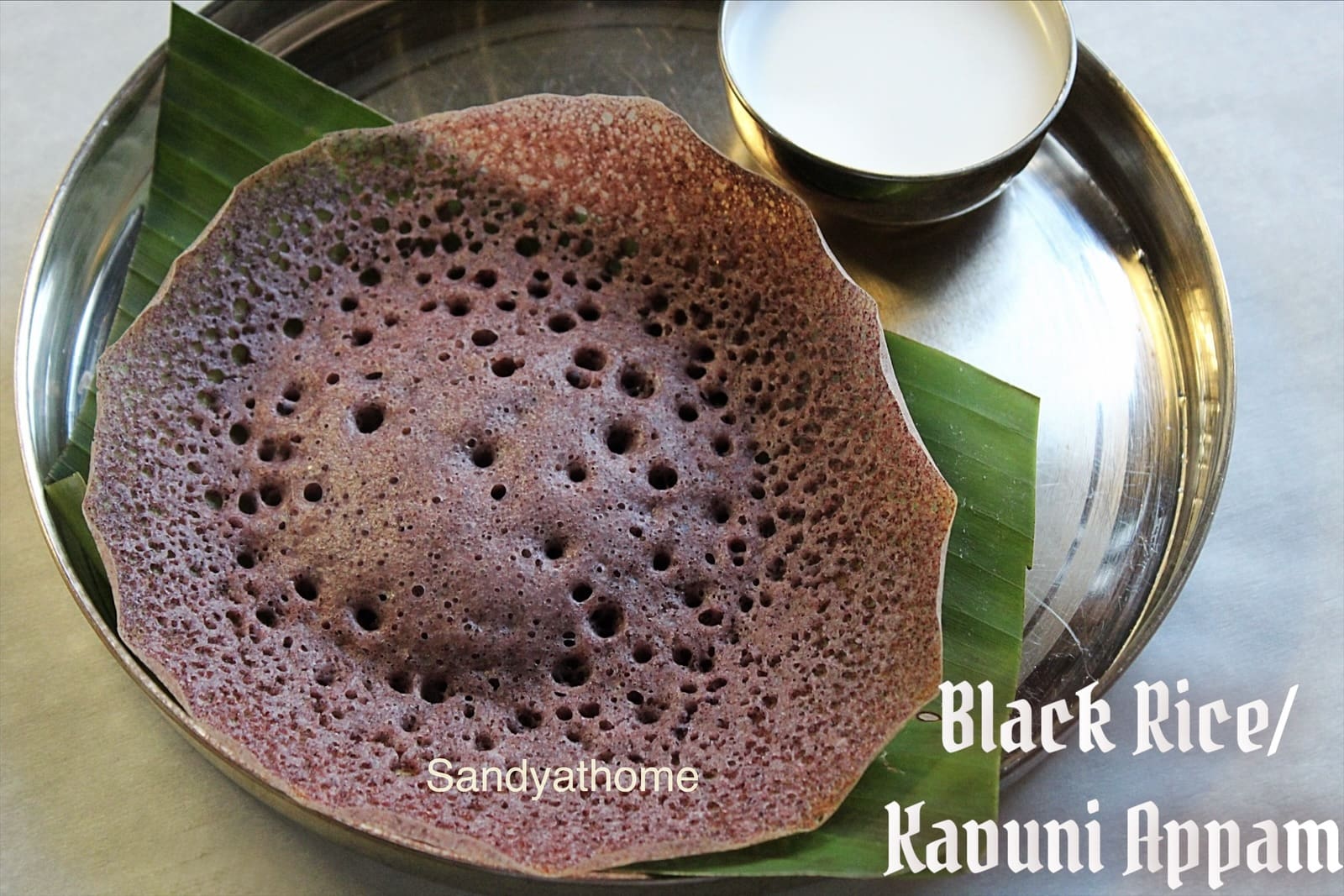
Pro Tips for Soft & Flavorful Kavuni Appam
- Grind Slightly Coarse: Don’t over-grind the kavuni rice — a mildly coarse texture gives that perfect rustic bite and avoids a gummy feel.
- Use Fresh Coconut Milk in Batter: Just 2–3 tbsp of first-pressed coconut milk in the batter makes the appam incredibly soft and flavorful without thinning it too much.
- Ferment Overnight, Not Too Long: Kavuni batter ferments slower than white rice. 6–8 hours in a warm place is ideal. Over-fermentation may make the appam sour.
- Grease the Pan Well: Black rice batter can stick more than regular rice — use ghee or sesame oil to grease the appam/paniyaram pan for easy release and golden edges.
- Rest the Batter Before Cooking: After fermentation, give the batter 10–15 minutes of resting time. This relaxes the structure and helps even cooking.
- Cook Covered on Low Flame: This helps the appam puff gently and cook through without burning the bottom.
- Serve Immediately: Kavuni appam is best when hot or warm. Serve with coconut milk poured on top or on the side, not straight from the fridge.
Serving Suggestion
- Kavuni appam tastes best when served warm — fresh off the pan, with freshly extracted coconut milk drizzled on top or served on the side. You can gently warm the coconut milk but avoid boiling to preserve its delicate sweetness.
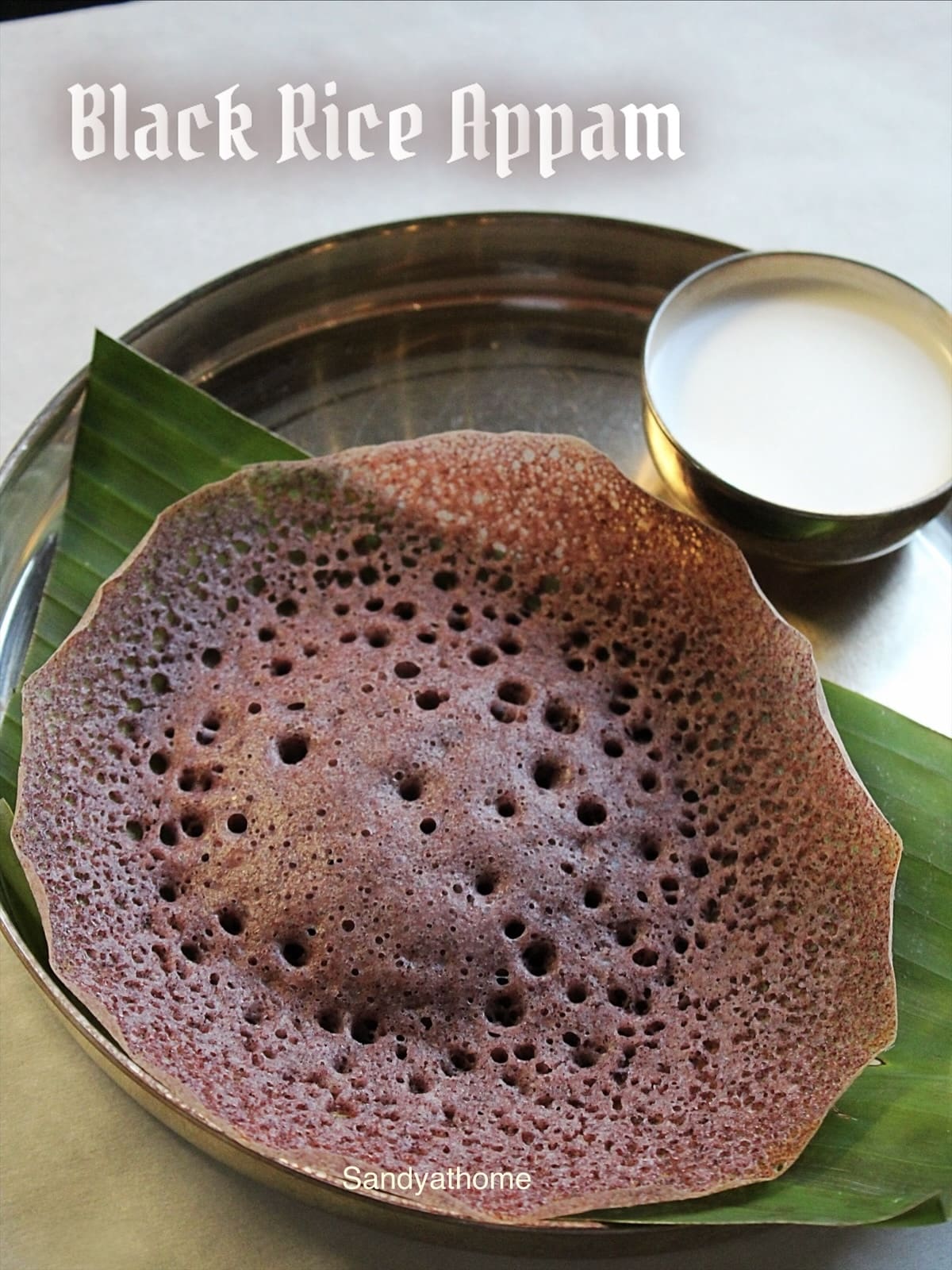
FAQs – Kavuni Appam with Coconut Milk
A: While you can, mixing kavuni rice with raw rice gives a better balance of softness and structure. Using only kavuni may make the appam too dense or chewy.
A: About 2–3 tablespoons per 2 cups of batter is perfect. It softens the appam without making the batter watery.
A: Possible reasons include under-fermented batter, skipping urad dal, or over-grinding the rice. Also ensure you cook it on low flame, covered.
A: Yes! You can drizzle panai vellam syrup or mix it into coconut milk for a traditional sweet pairing.
A: Absolutely. It’s rich in iron, antioxidants (anthocyanins), and fiber — great for heart health and digestion. It’s also naturally gluten-free.
Breakfast recipes
Besan Puri, How to make Besan Ki Masala Poori
A warm, golden besan poori perfect for cold weather—crisp, lightly spiced, and comforting, made with gram flour that naturally warms the body during winter.
Thanni Urundai, Neer Urundai, How to make Ganji Kudumulu
Soft rice flour dumplings simmered in spiced water, Amma’s comforting Thanni Urundai pairs beautifully with tangy tomato chutney.
Soba Noodles Stir-Fry with Vegetables, How to make Veg Soba Noodles
Wholesome, colorful, and full of flavor — these vegetable soba noodles are tossed in a soy-sesame sauce and packed with fresh veggies for a light, nourishing meal that’s ready in minutes.
Butternut Squash Quiche, How to make Bread-Base Quiche
Golden, creamy butternut squash quiche made with bread base, cheddar, and feta — a cozy, no-crust autumn brunch favorite baked to perfection.
Butternut Squash Pasta, How to make Squash Pasta
Cozy, creamy, and gently spiced — a comforting fall pasta with roasted squash and a flavor boost from cumin, oregano, and feta.
Honey Walnut Shrimp, How to make Honey Walnut Shrimp
Crispy golden shrimp tossed in a creamy honey-mayo glaze with candied walnuts — a restaurant-style favorite made easy at home.
Chili Idli, How to make Chilli Idli, Leftover Idli Recipe
A quick and spicy Indo-Chinese snack made by tossing crispy air-fried idli cubes in a garlicky harissa-chilli sauce with onions, capsicum, and spring onions — perfect for using up leftover idlis in the most delicious way!
Rava Pongal, How to make Ven Pongal with Rava
A comforting South Indian breakfast made with roasted rava (semolina) and moong dal, tempered with ghee, pepper, cumin, ginger, and curry leaves. Soft, buttery, and wholesome — best served hot with coconut chutney.
Veg Kothu Kari Kuzhambu, How to make Veg Mince Curry
A Chettinad-inspired vegetarian twist on mutton kothu kari, this soya mince masala and kuzhambu is hearty, spicy, and perfect with rice, dosa, or chapati.
Aloo Palak, How to make Potato and Spinach Curry Recipe
Aloo Palak is a delicious North Indian curry where soft potato cubes are simmered in a smooth spinach gravy with aromatic spices. Nutritious, comforting, and perfect with roti, naan, or rice
Oats Dosa, How to make Fermented Oats Dosa
This fermented oats dosa is a light, nutty breakfast made with oats, rice, and urad dal — perfect for anyone seeking a wholesome, gluten-free South Indian meal.
Oats Idli, How to make Soft Oats Idli
Soft and fluffy fermented oats idli made with idli rice, urad dal, and oats — a healthy twist on the classic South Indian breakfast with the benefits of natural fermentation.
Kashmiri Naan, How to make Kashmiri Naan
A Kashmiri Naan is a soft, fluffy bread decorated with nuts, raisins, and tutti frutti, finished with butter/ghee for softness.
Tofu Pancakes, How to Protein-Rich Eggless Pancakes
Fluffy, protein-rich pancakes made with blended firm tofu instead of eggs. A wholesome 50:50 mix of wheat and all-purpose flour keeps them hearty yet soft — the perfect healthy twist on a classic stack.
Kerala-Style Fish Curry, How to make Kerala Style Salmon Curry
A creamy Kerala-style coconut kuzhambu made with salmon, ground coconut masala, and curry leaves — rich, golden, and comforting.
Eggless Coconut French Toast, How to make Eggless French Toast
Soft bread slices dipped in cinnamon-spiced milk, coated in golden toasted coconut, and topped with almonds, honey, and banana — this eggless coconut French toast is a tropical twist on a breakfast classic.
Mapillai Samba Idli, How to Make Mapillai Samba Rice Idli
Learn how to make soft, healthy Mapillai Samba Idli using heirloom red rice from Tamil Nadu. A high-fiber, gut-friendly twist to your classic South Indian breakfast.
Paal Parotta Recipe, How to make Veg Paal Parotta
This banana leaf–lined clay pot paal parotta is a comforting South Indian twist where flaky parottas are soaked in creamy mushroom salna, steamed with ghee-roasted cashews and curry leaves, and served hot for a mess-style finish that feels nostalgic and indulgent.
